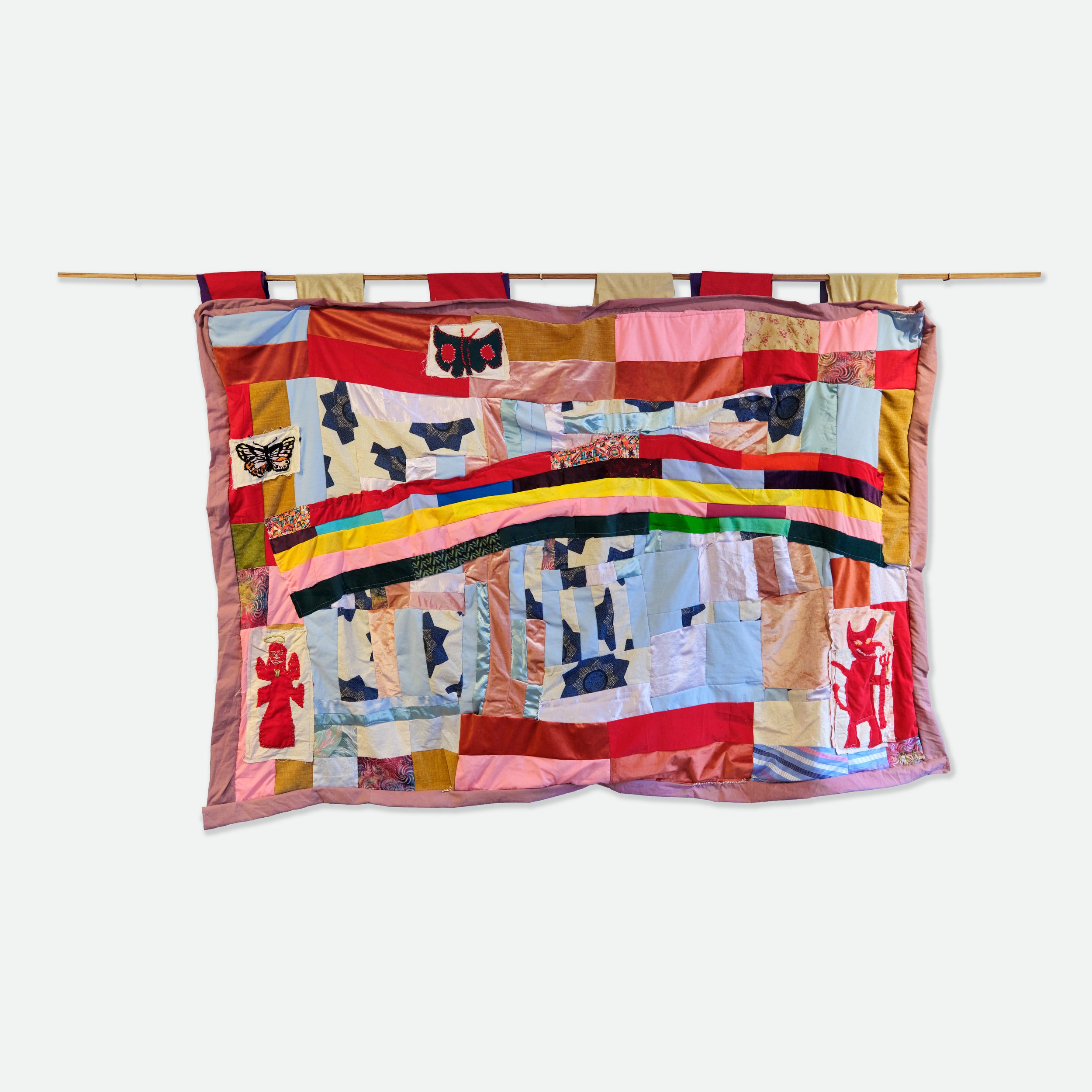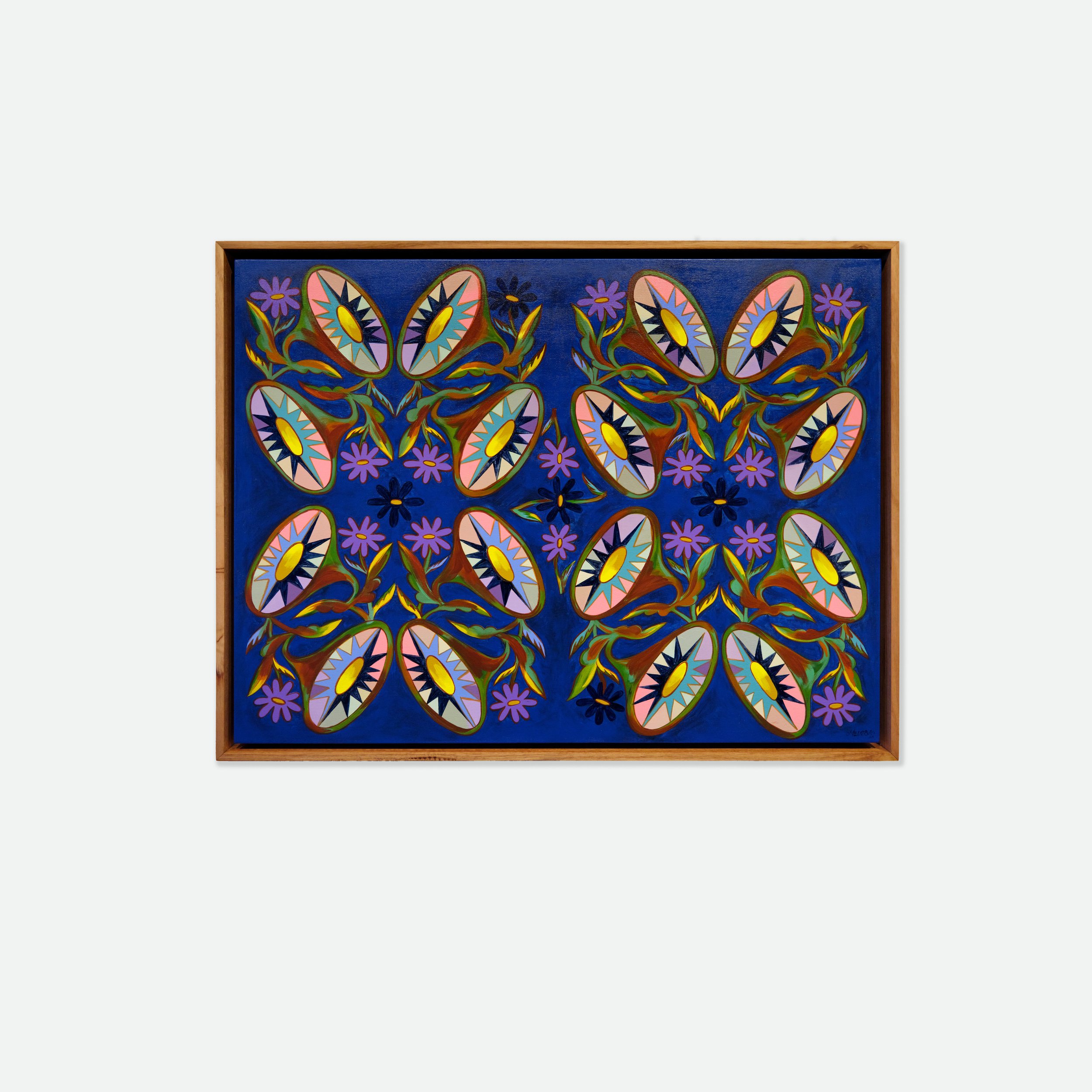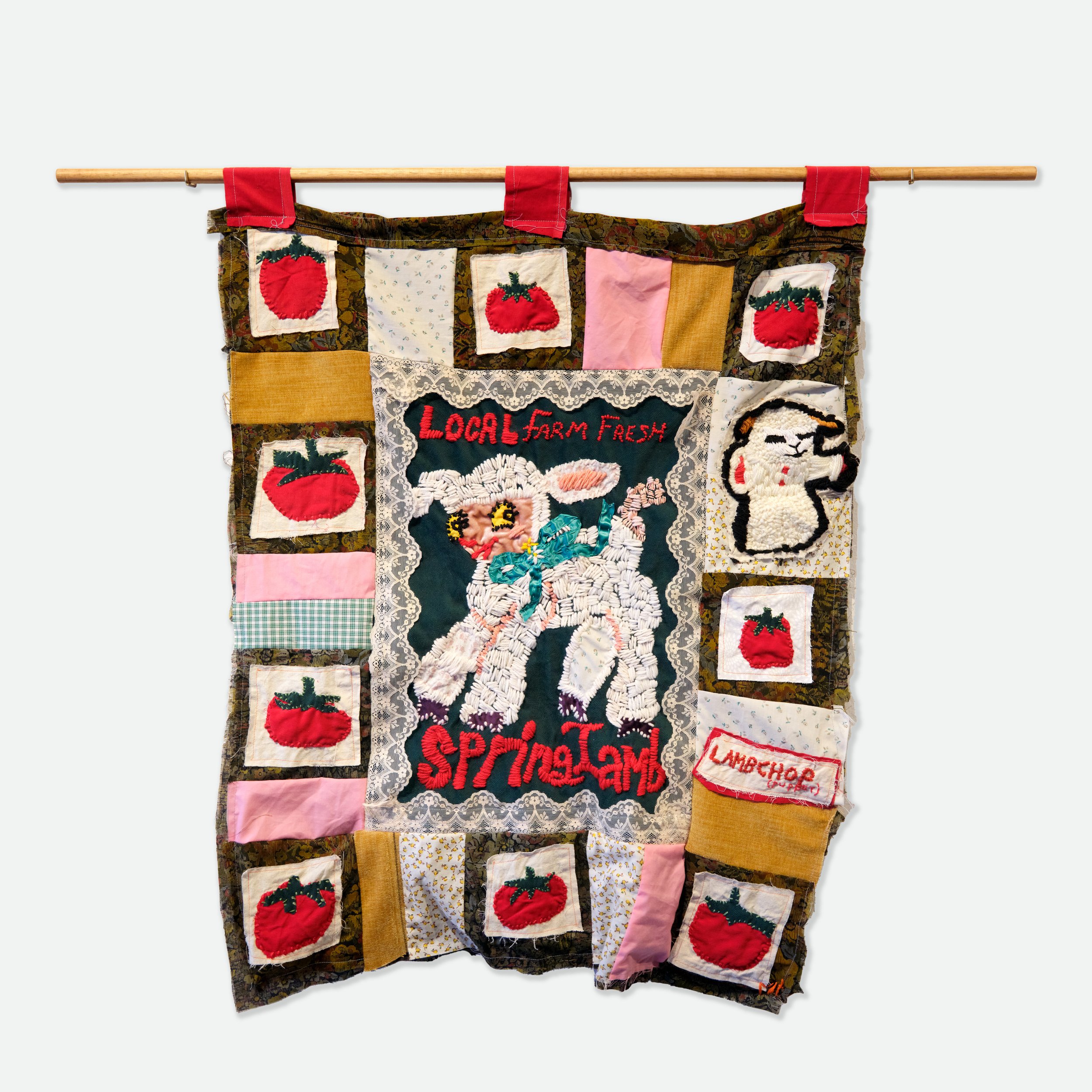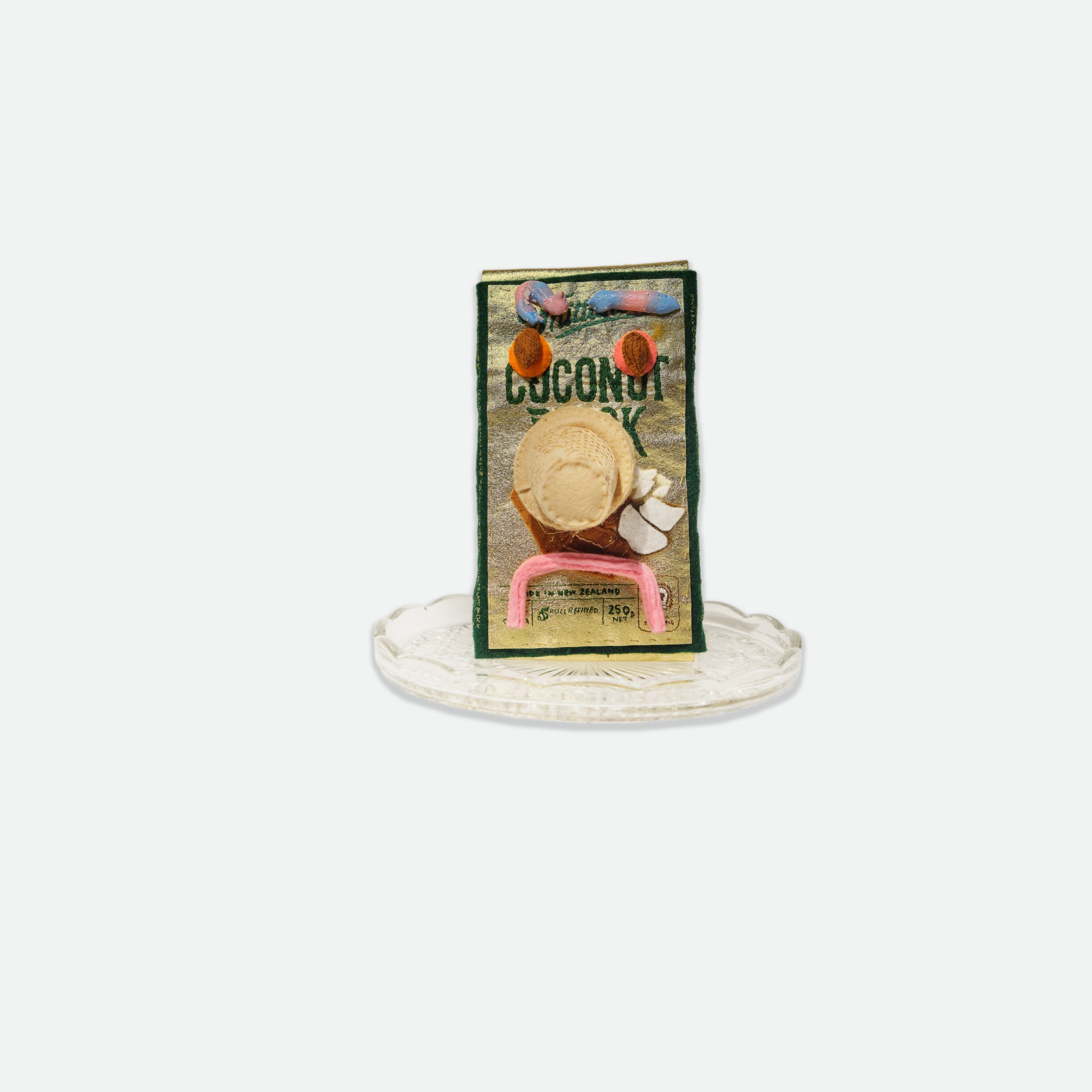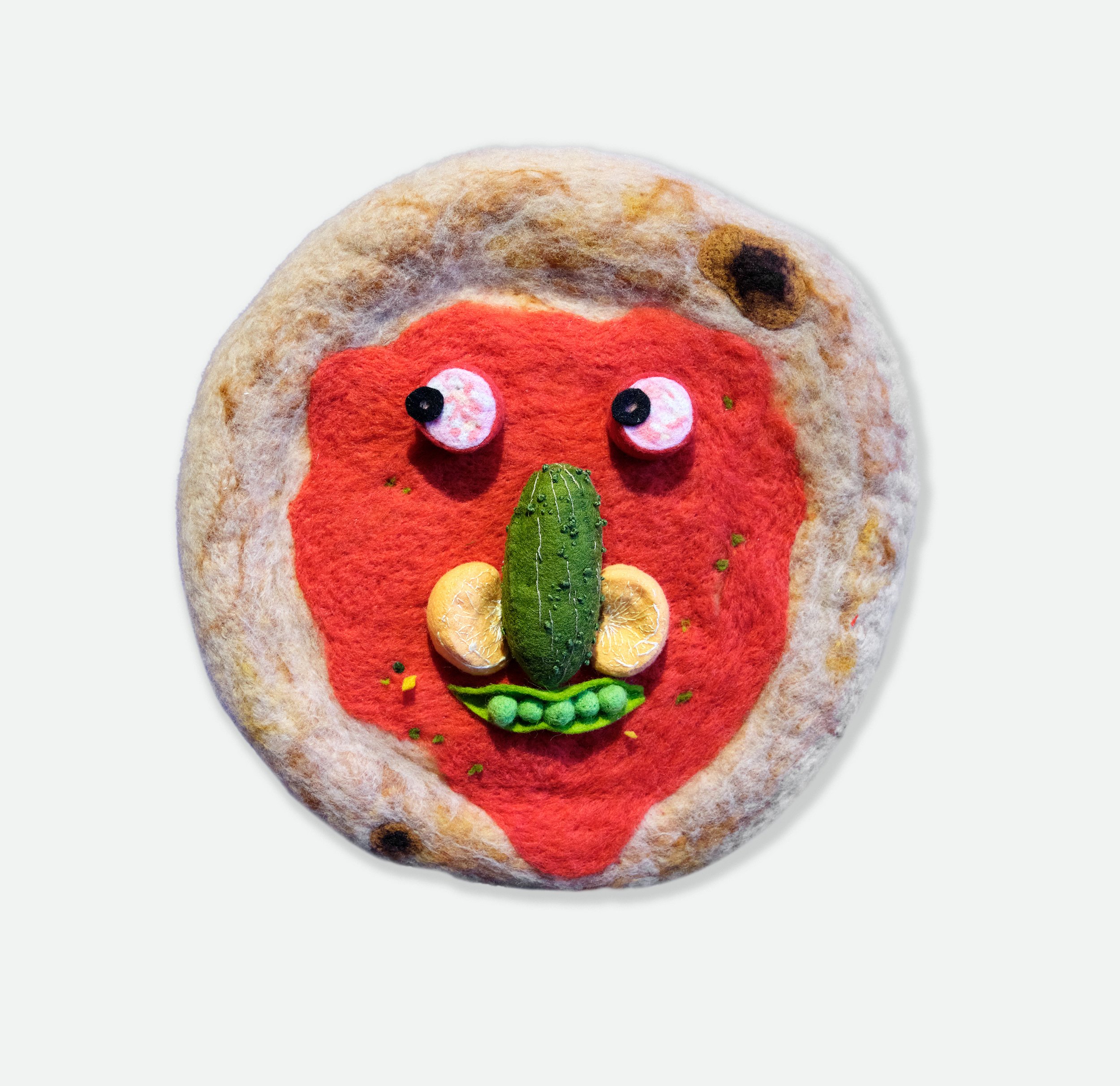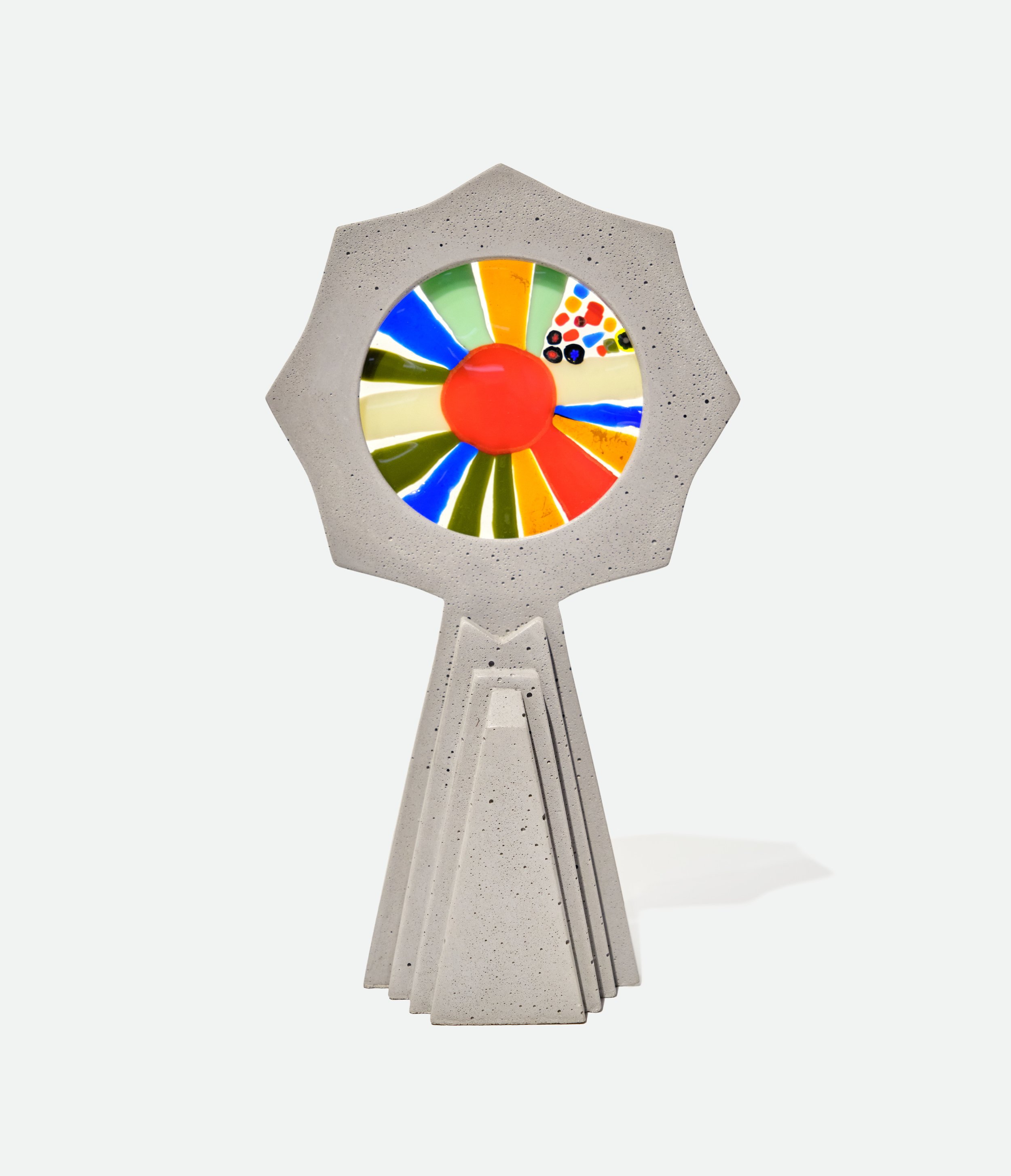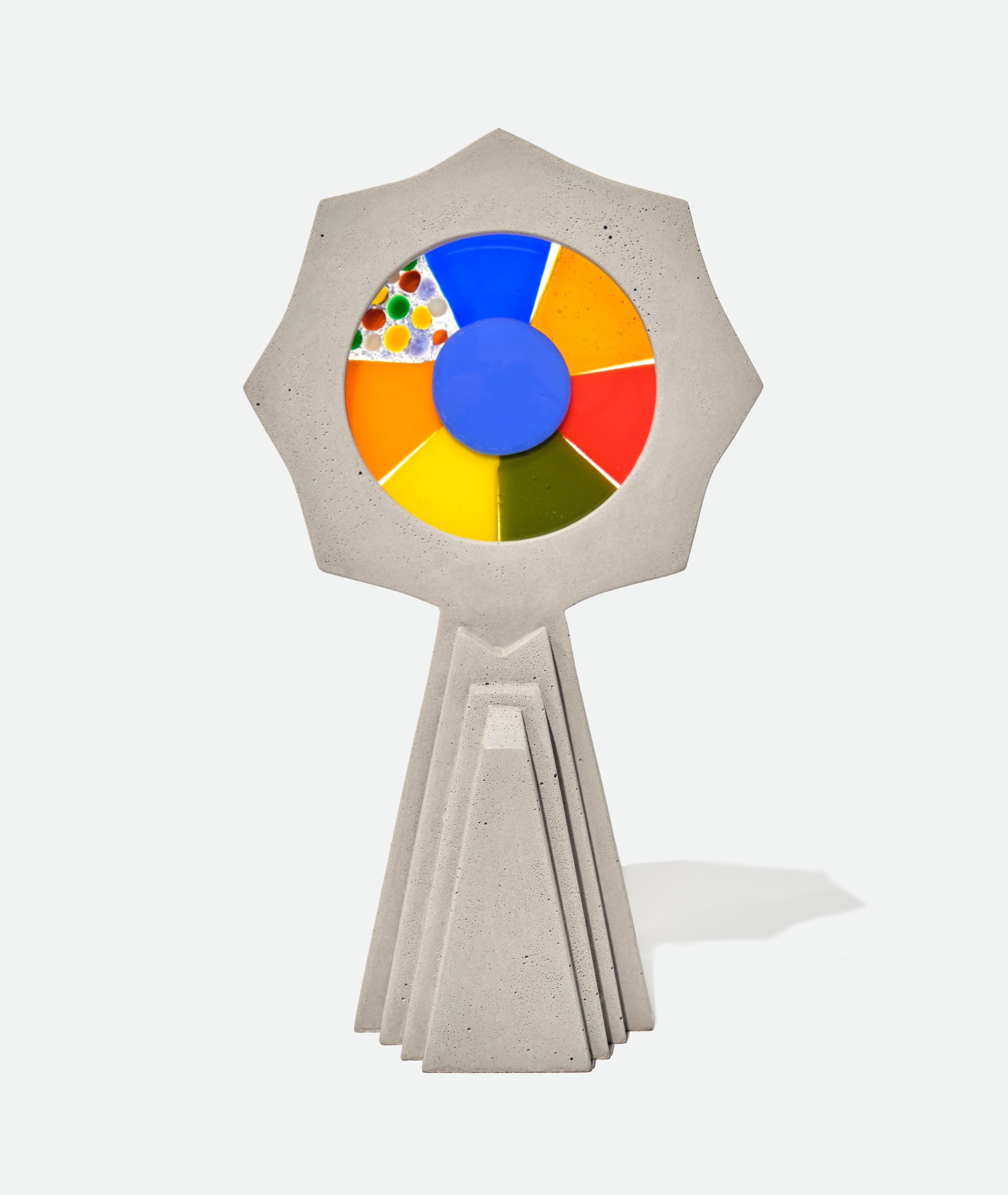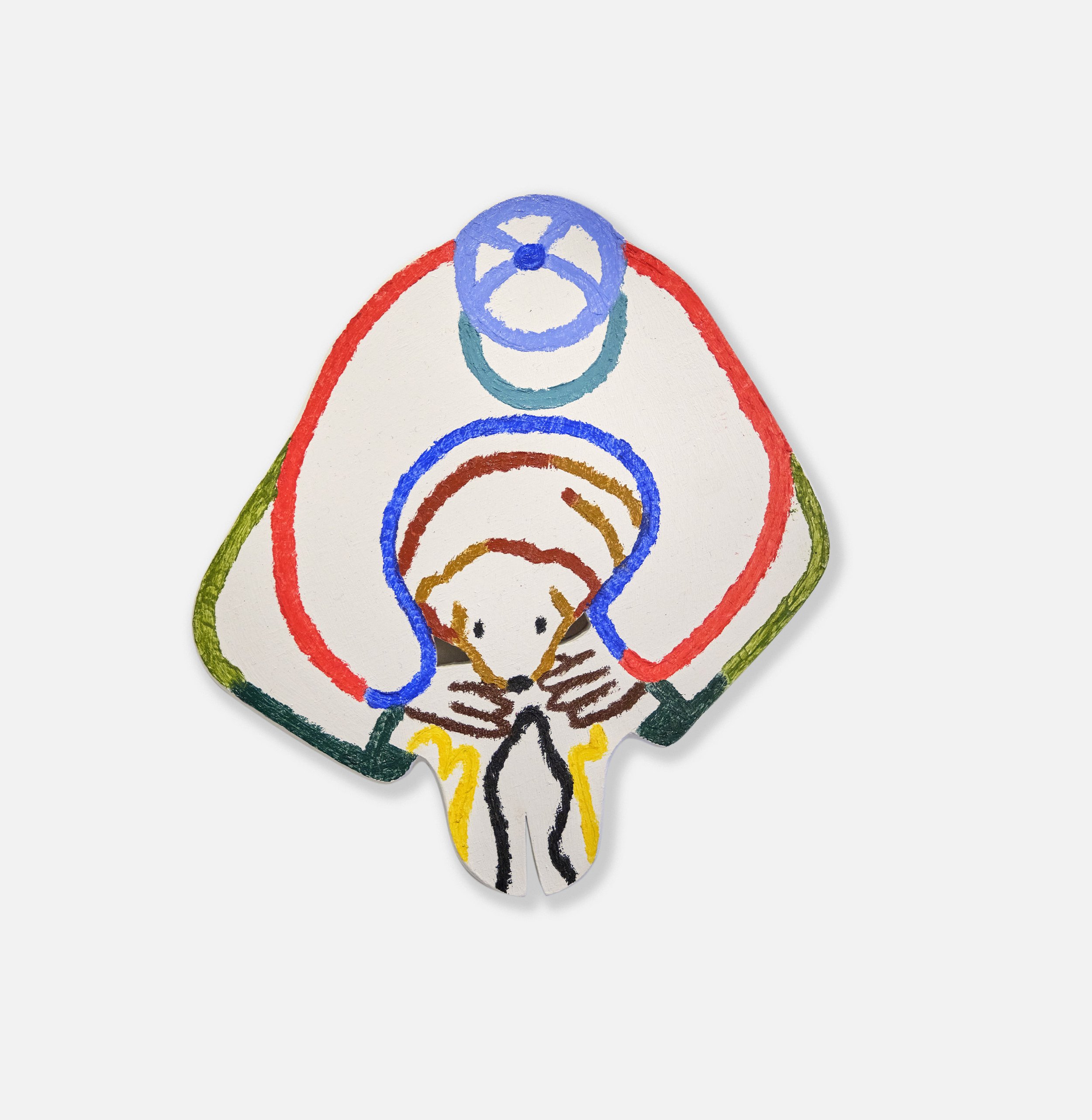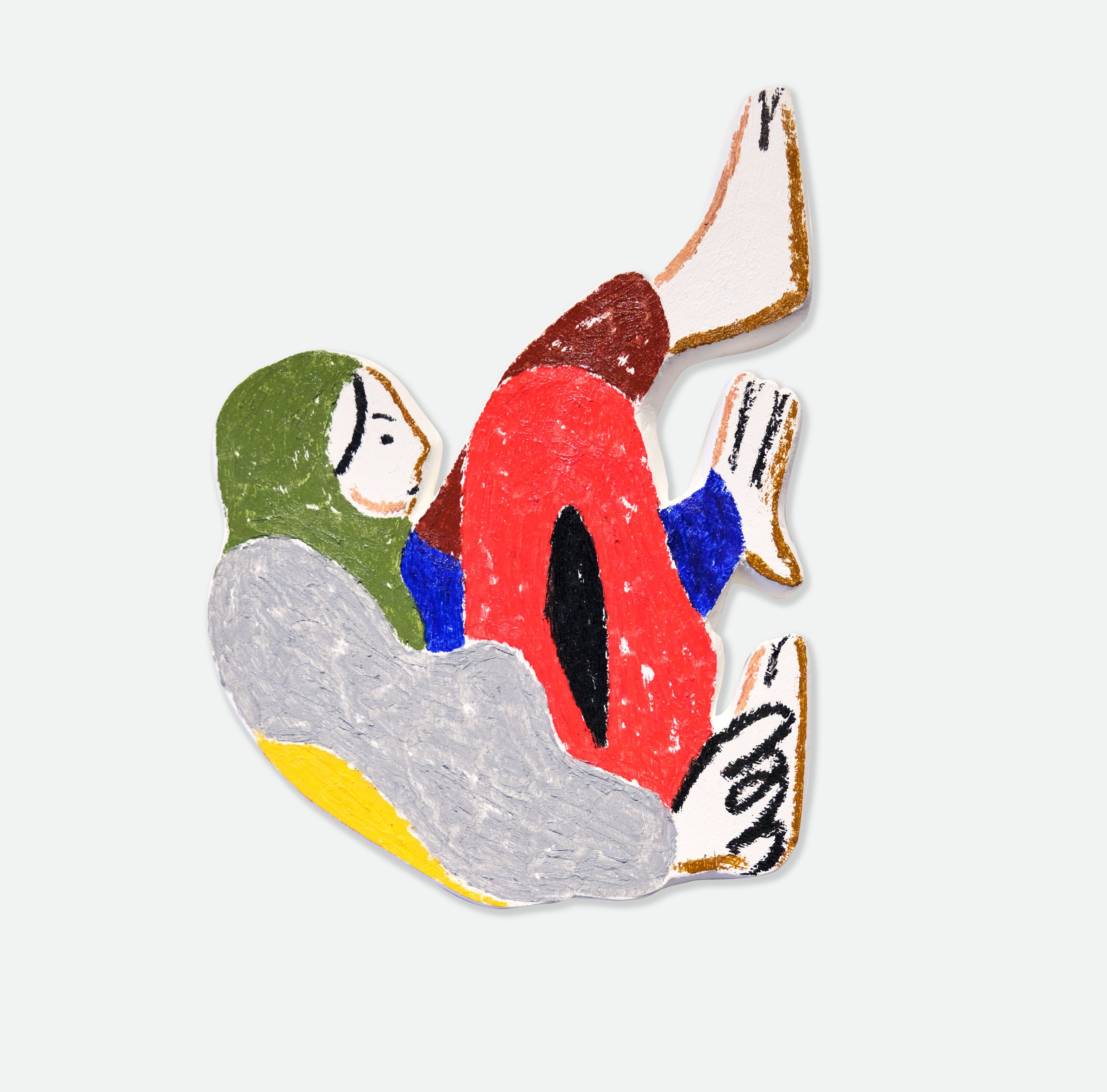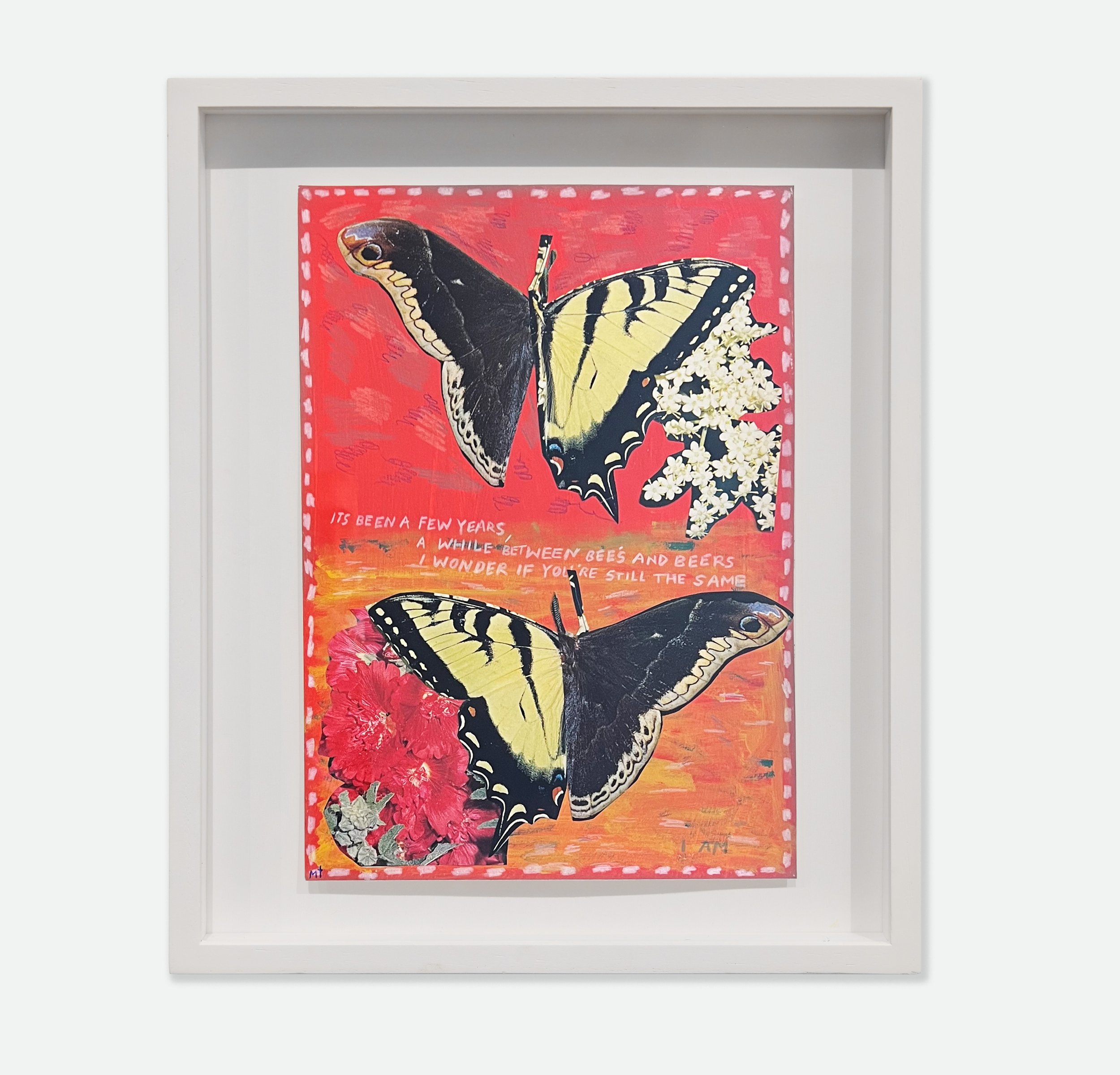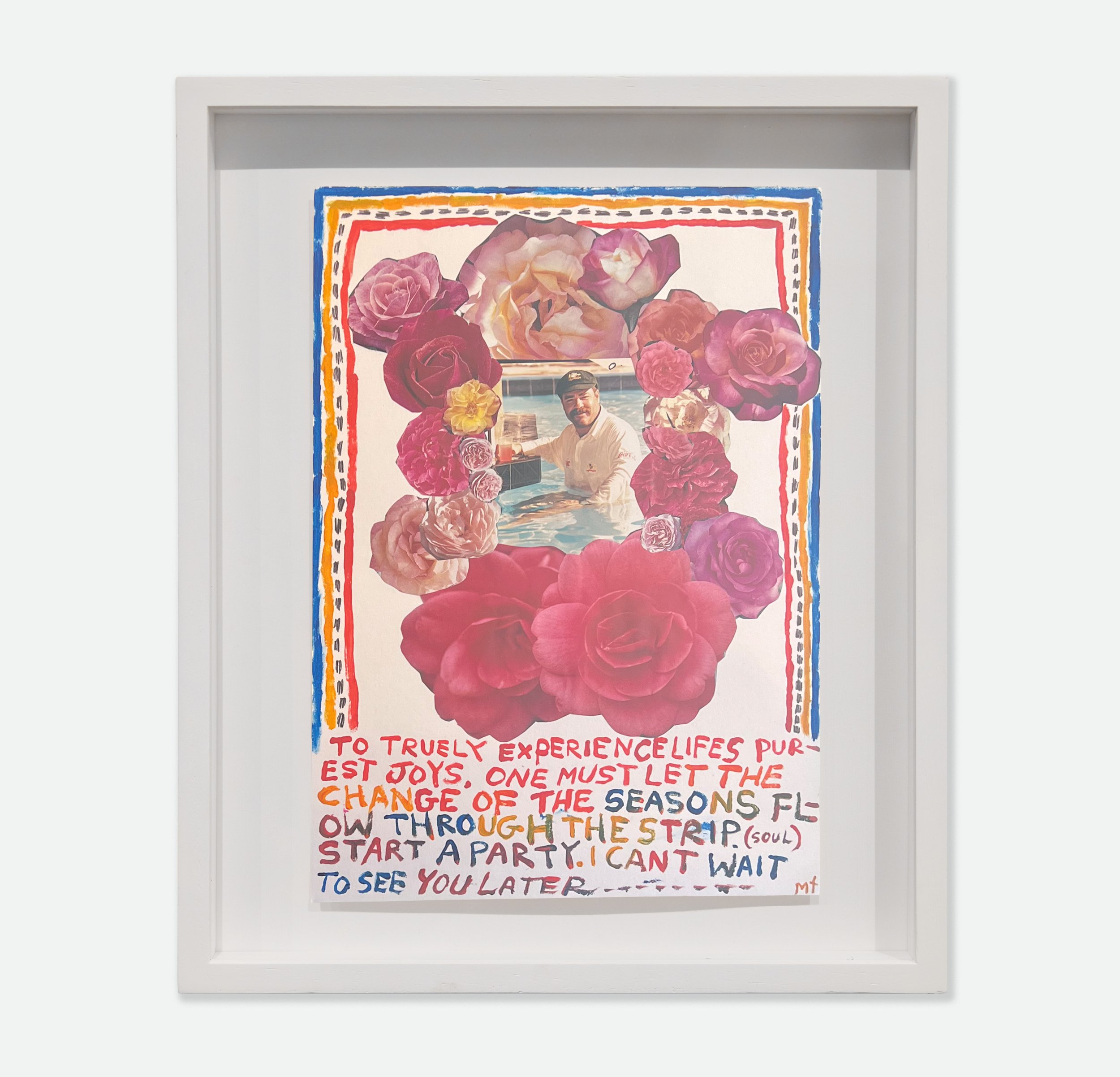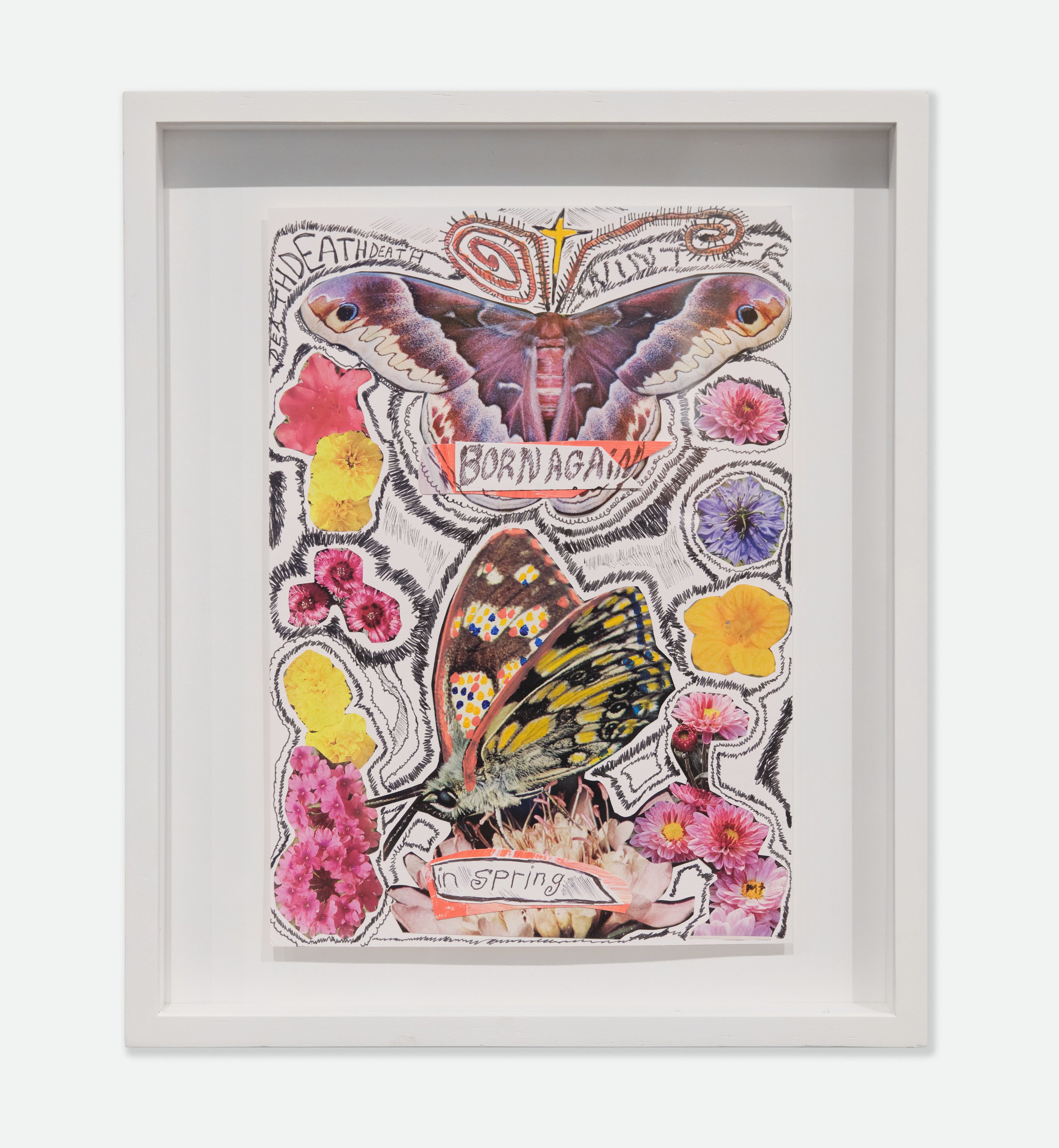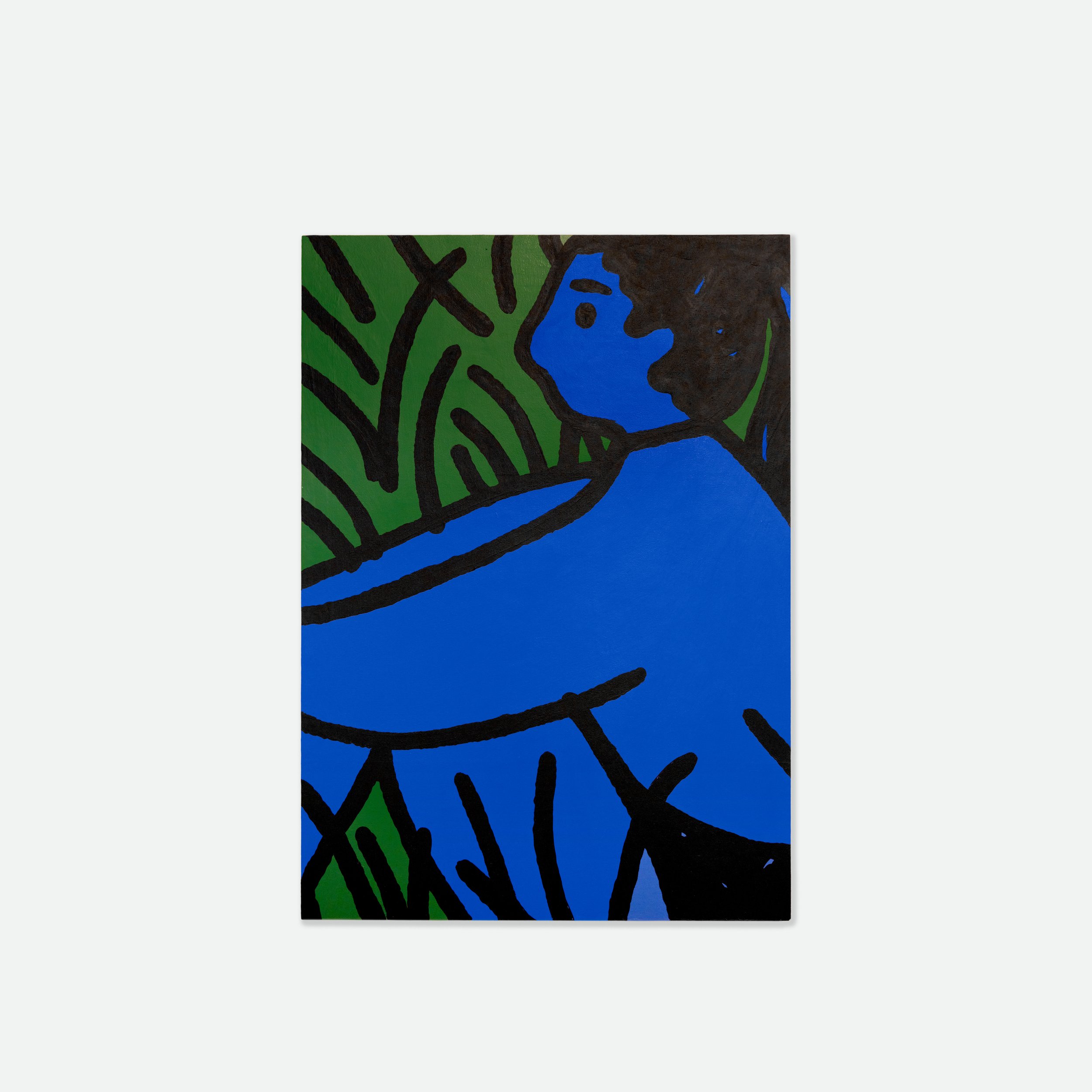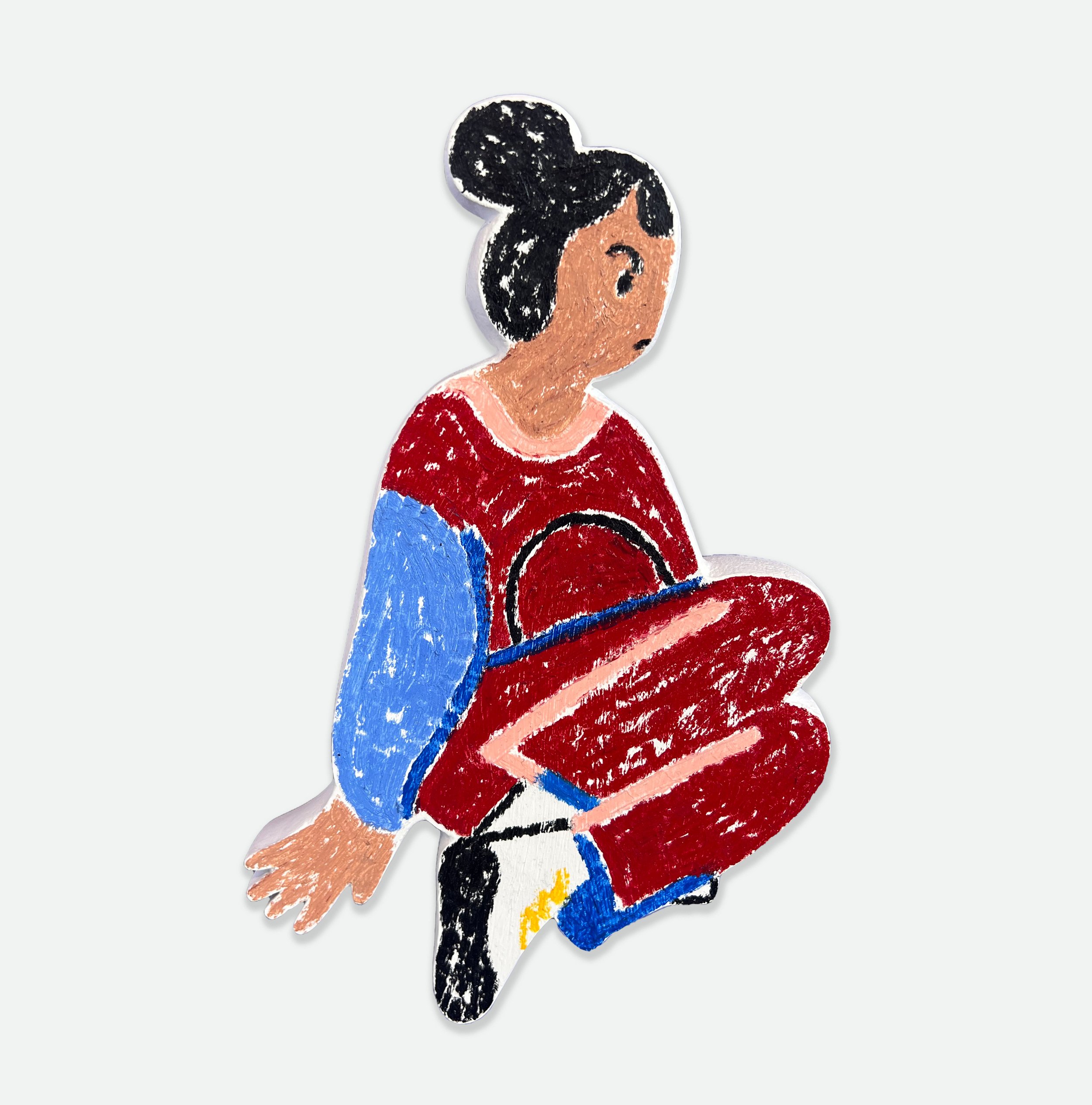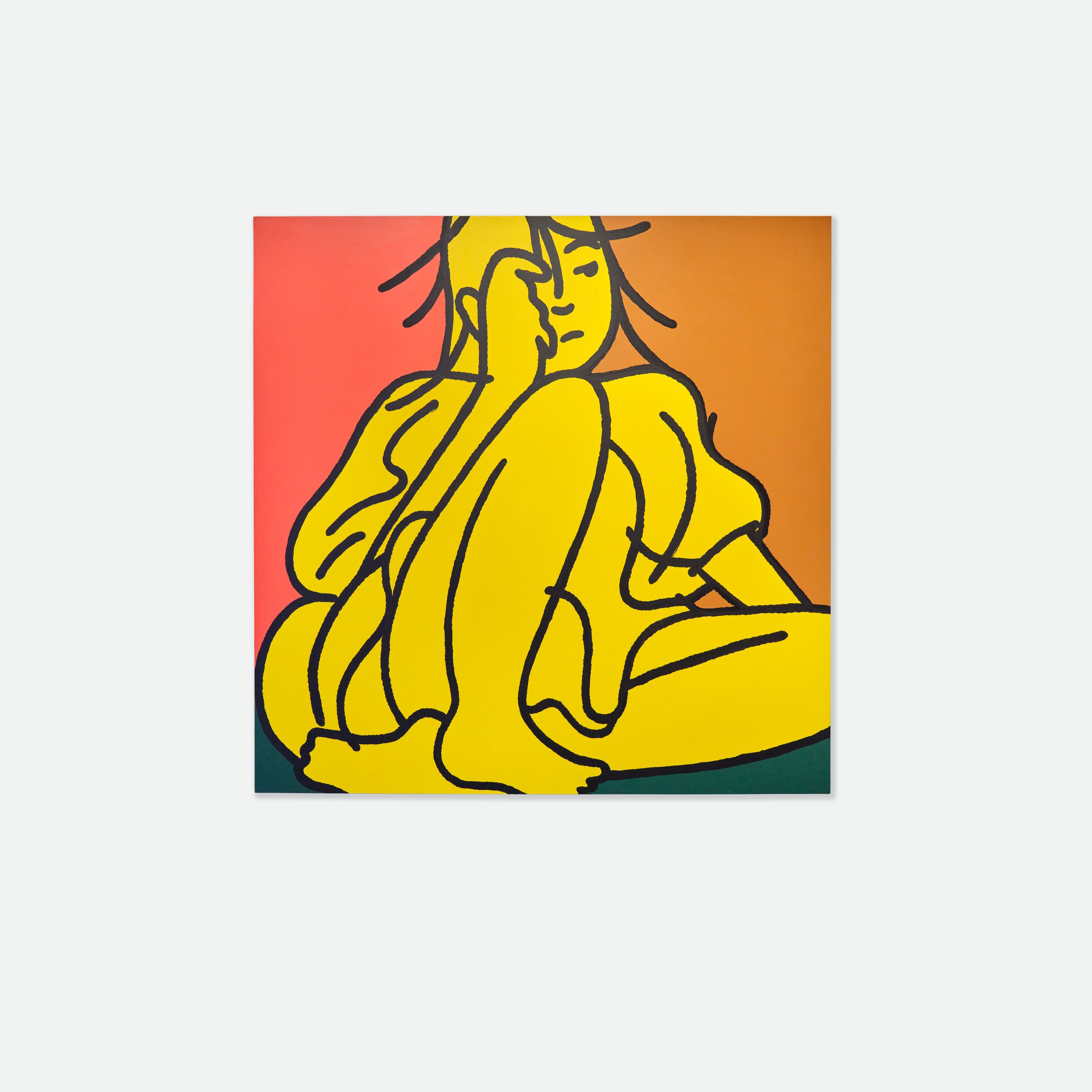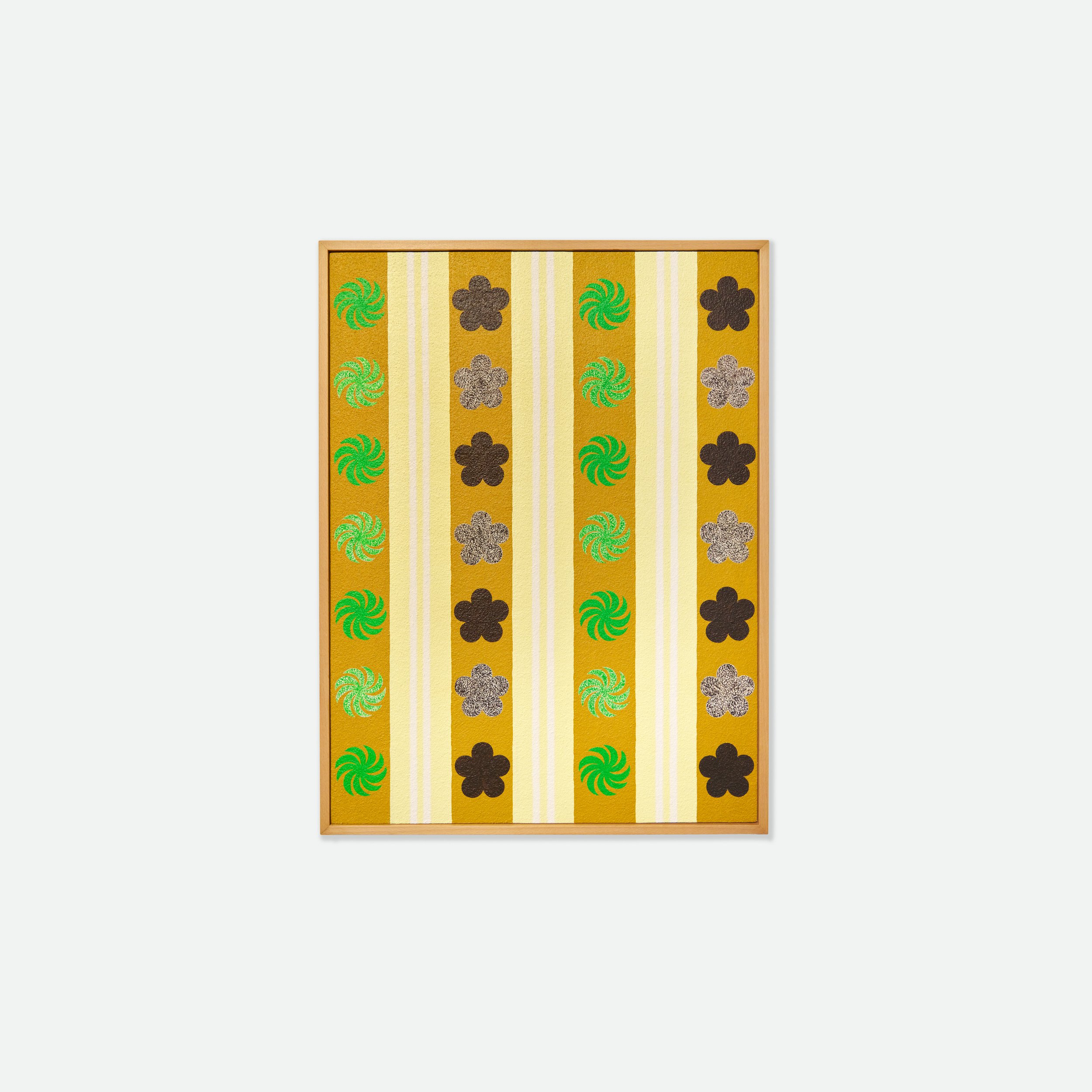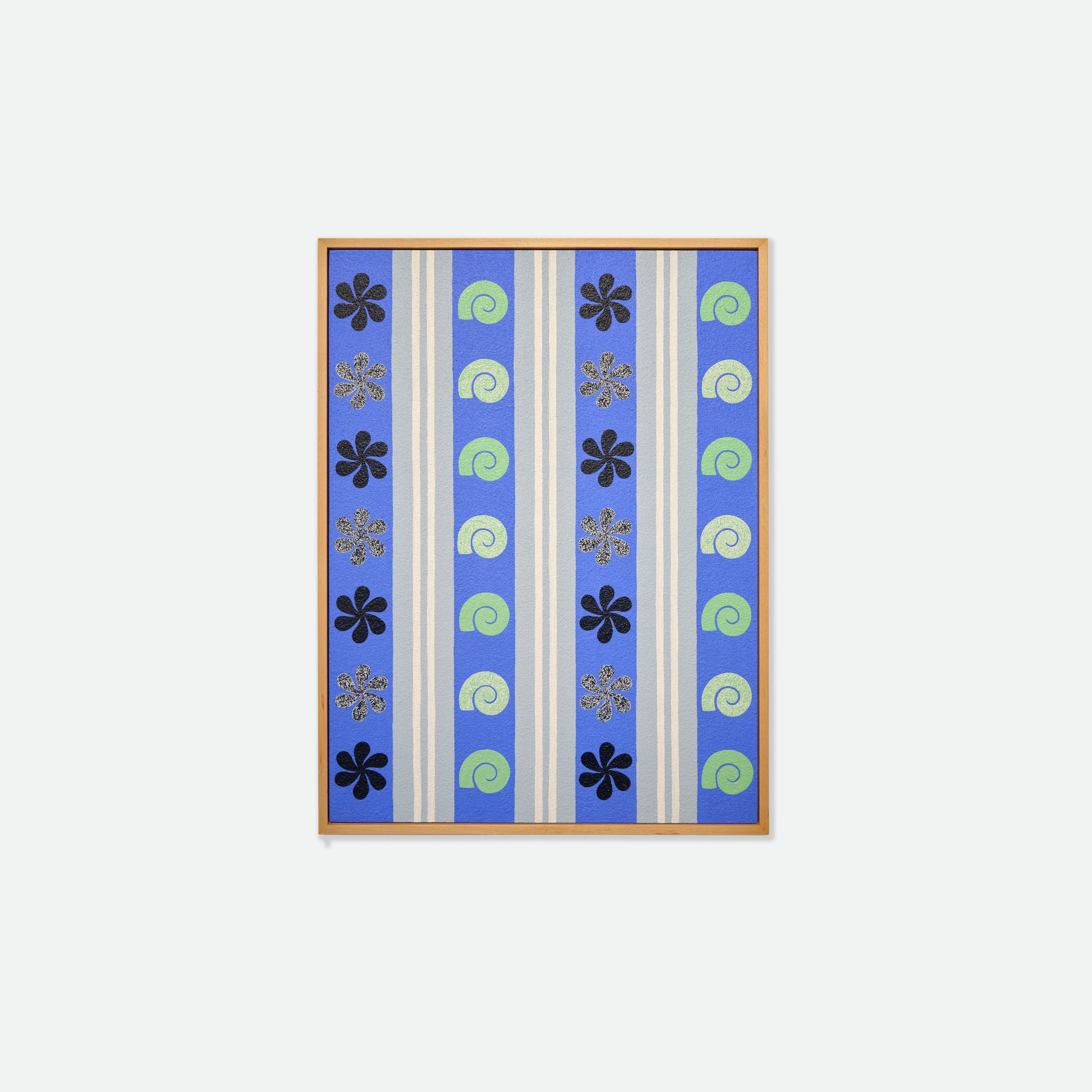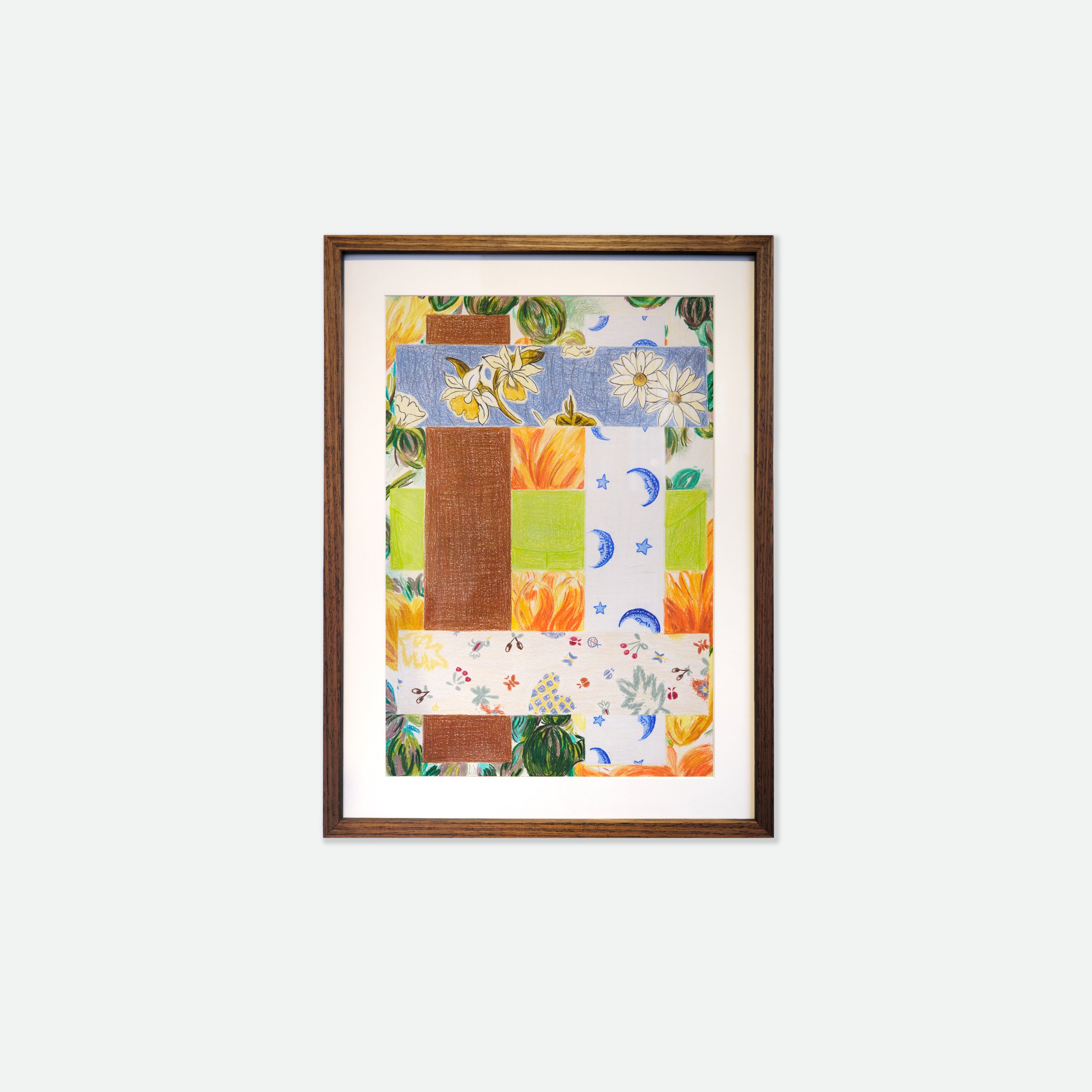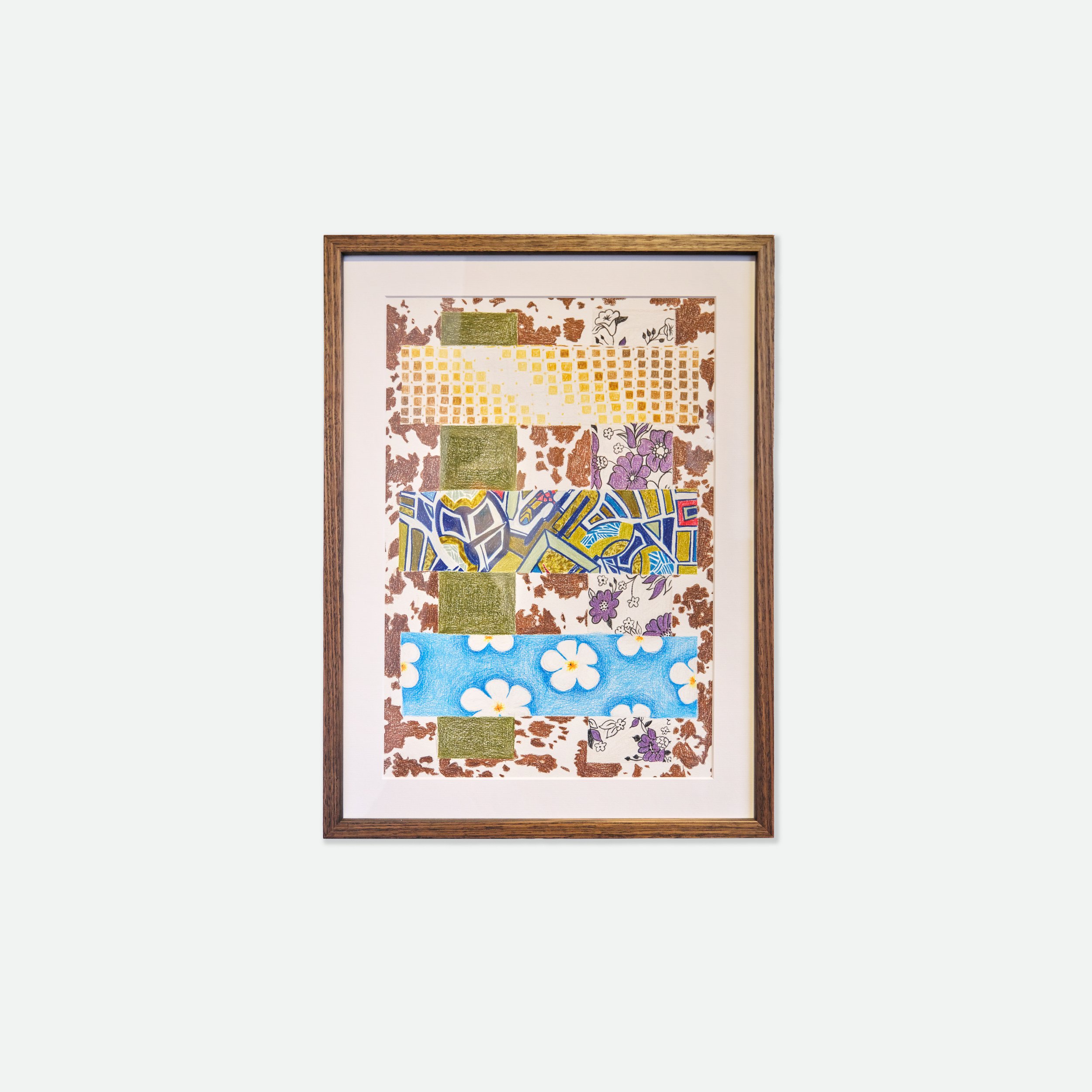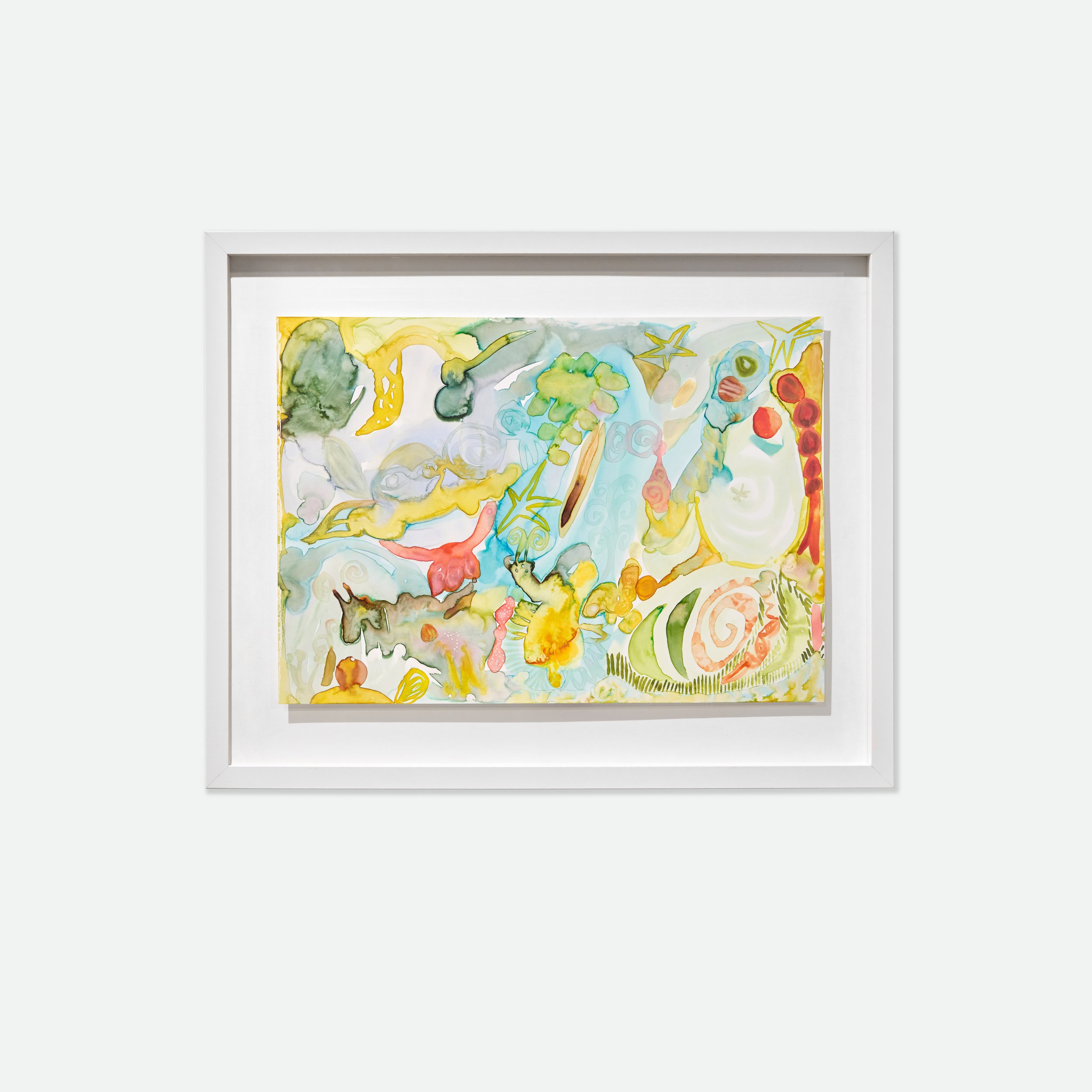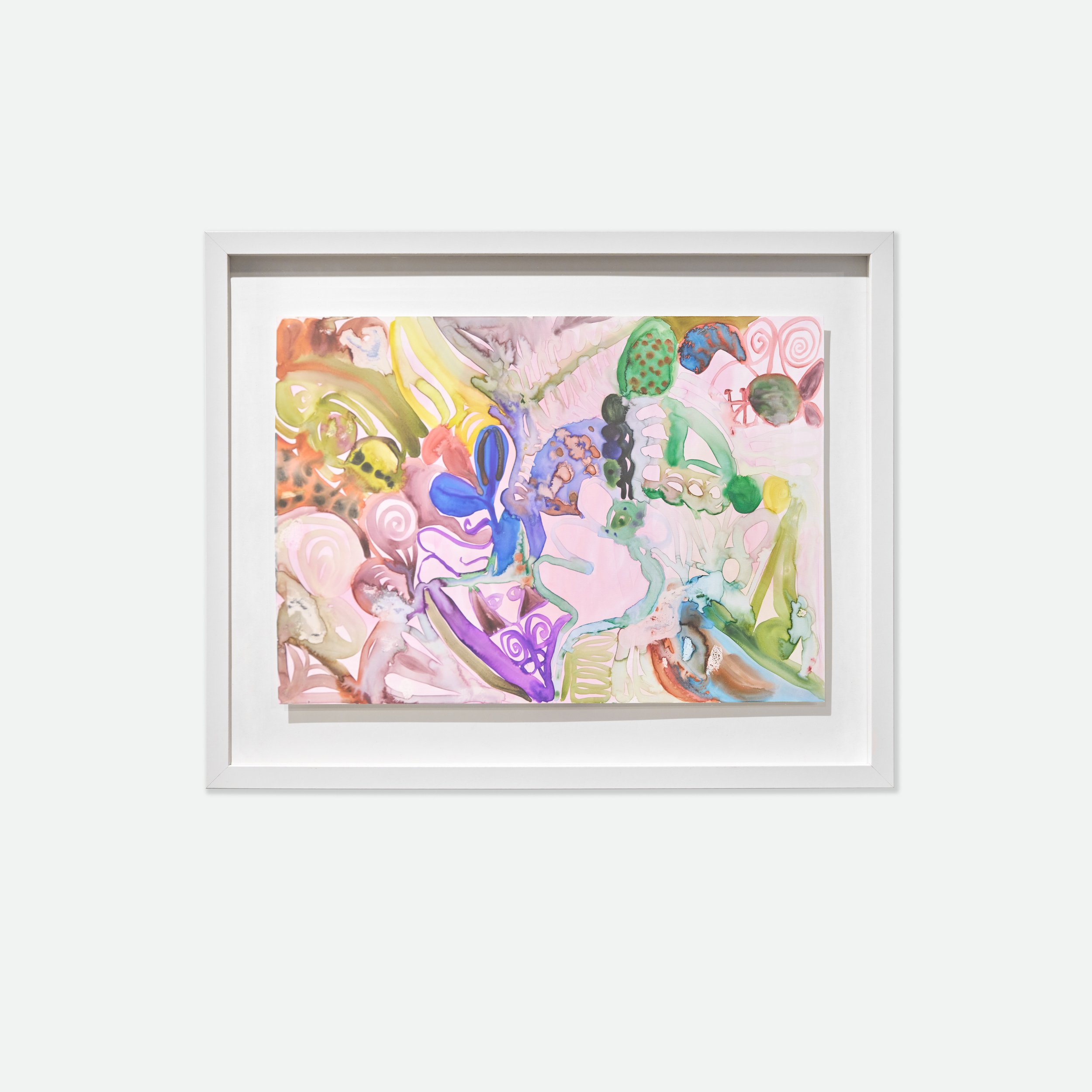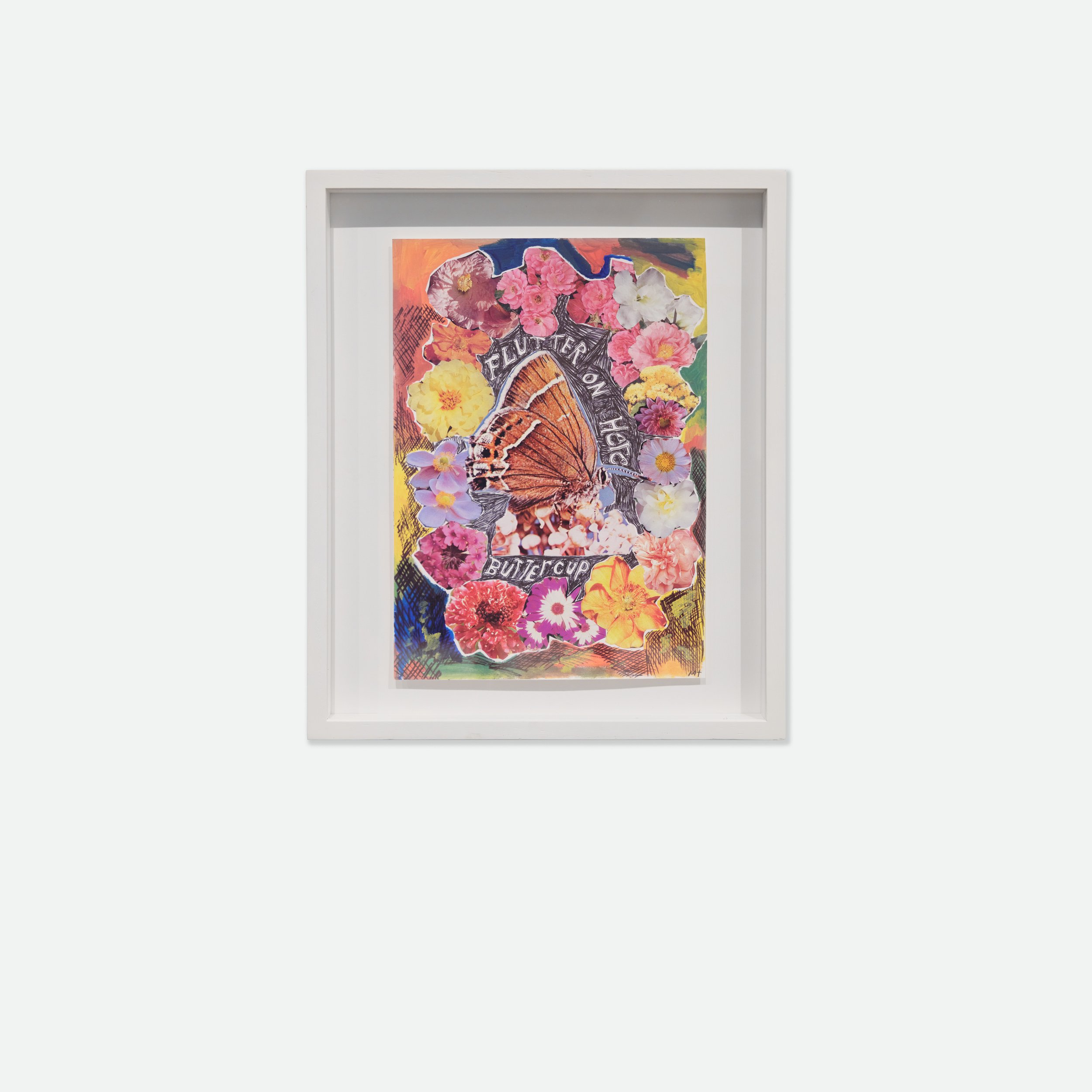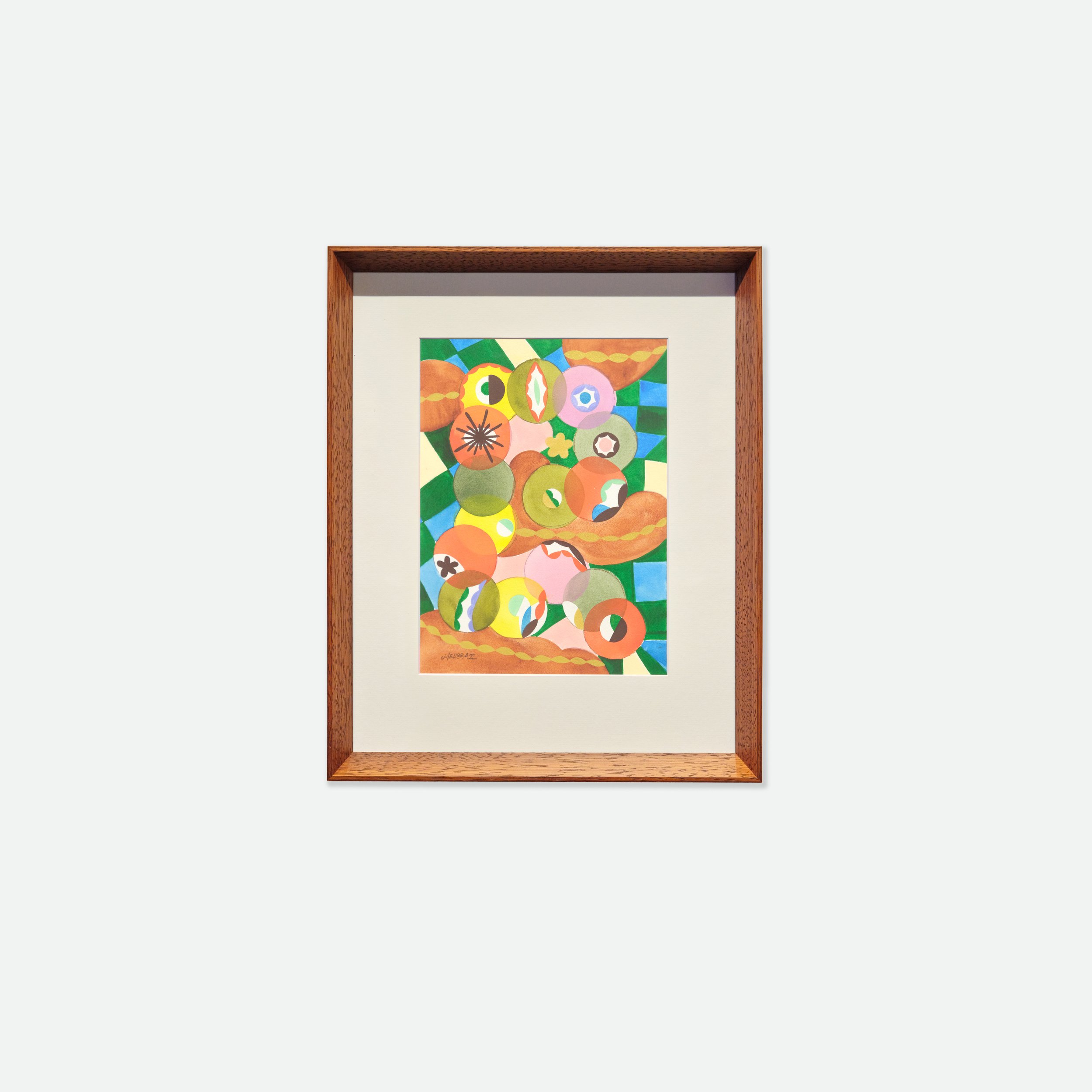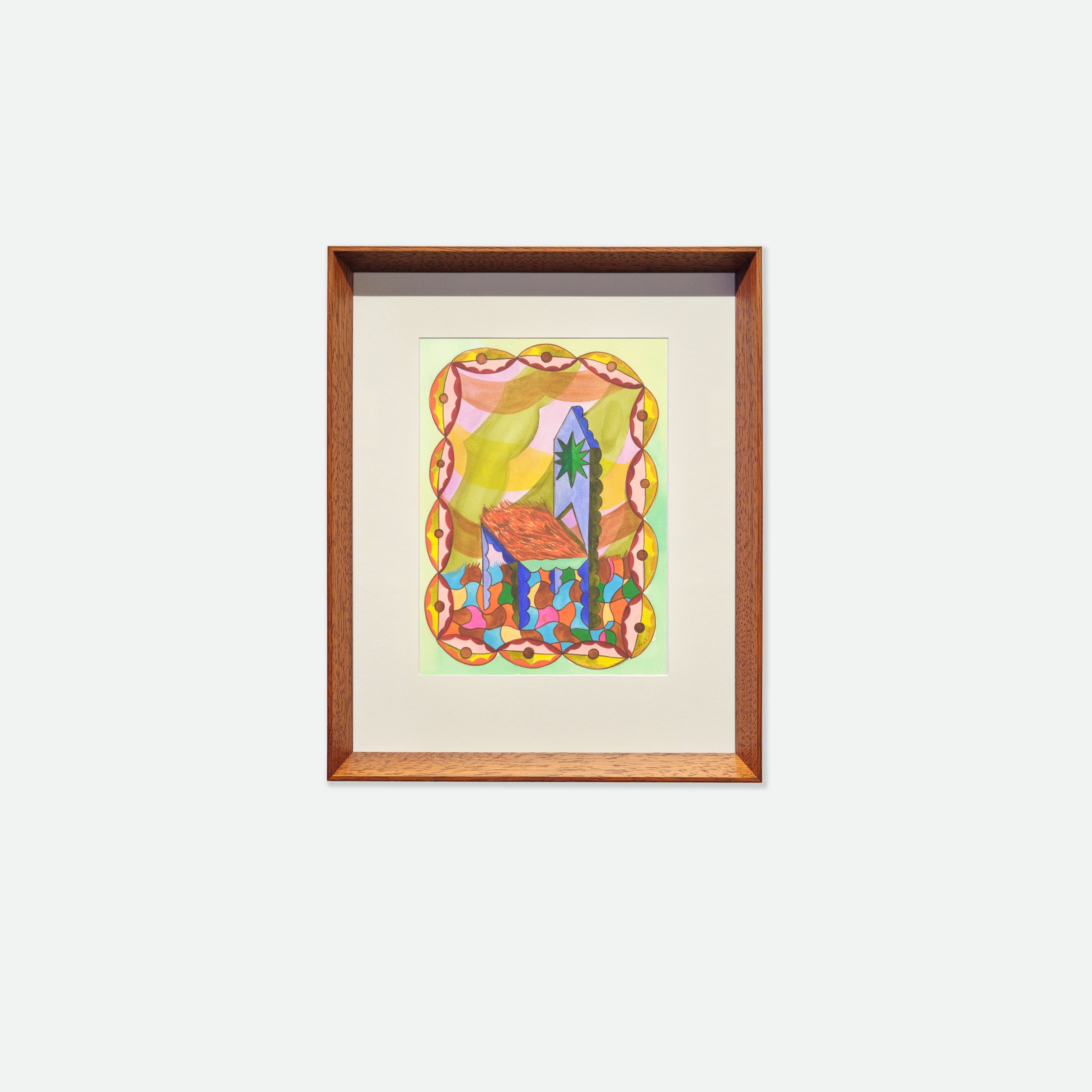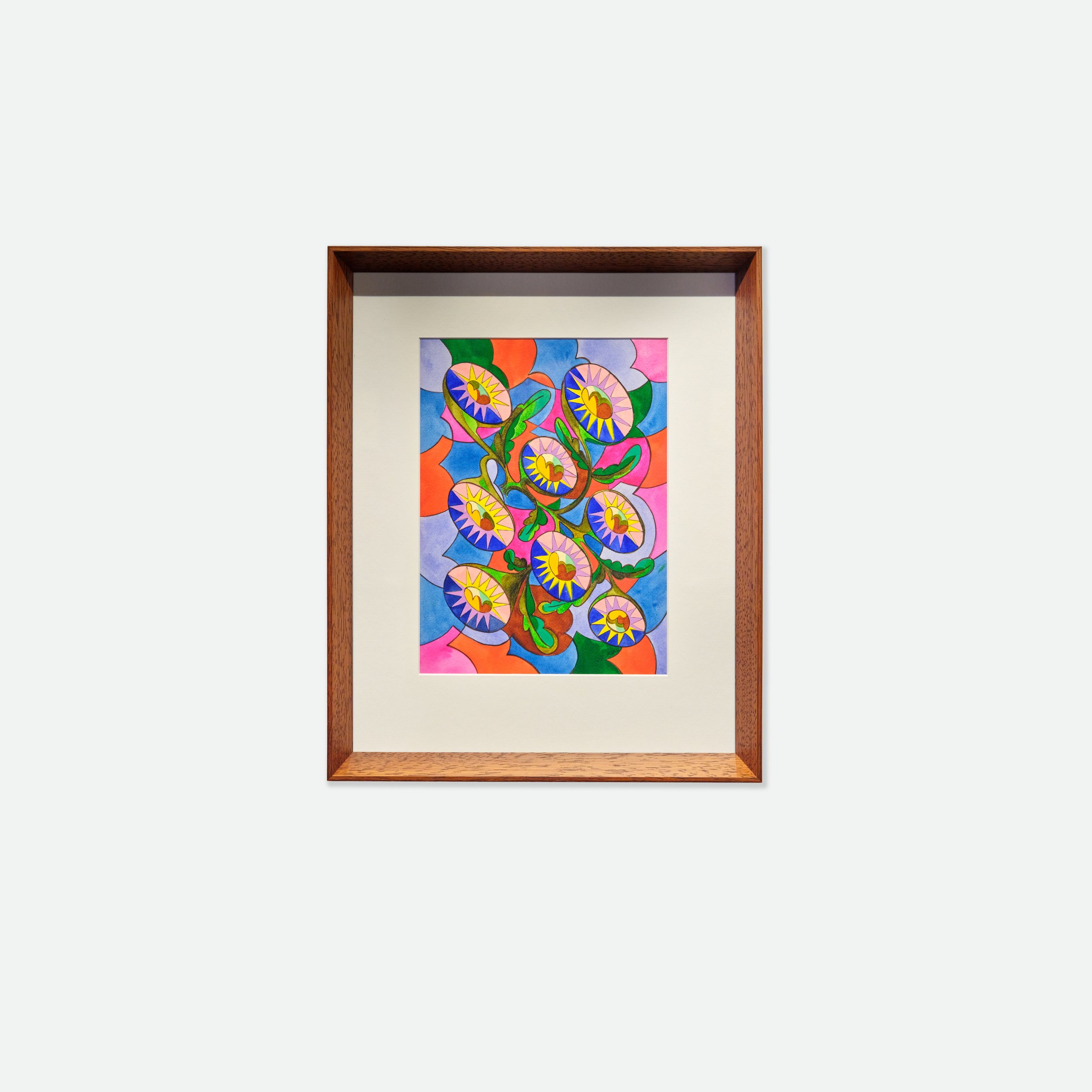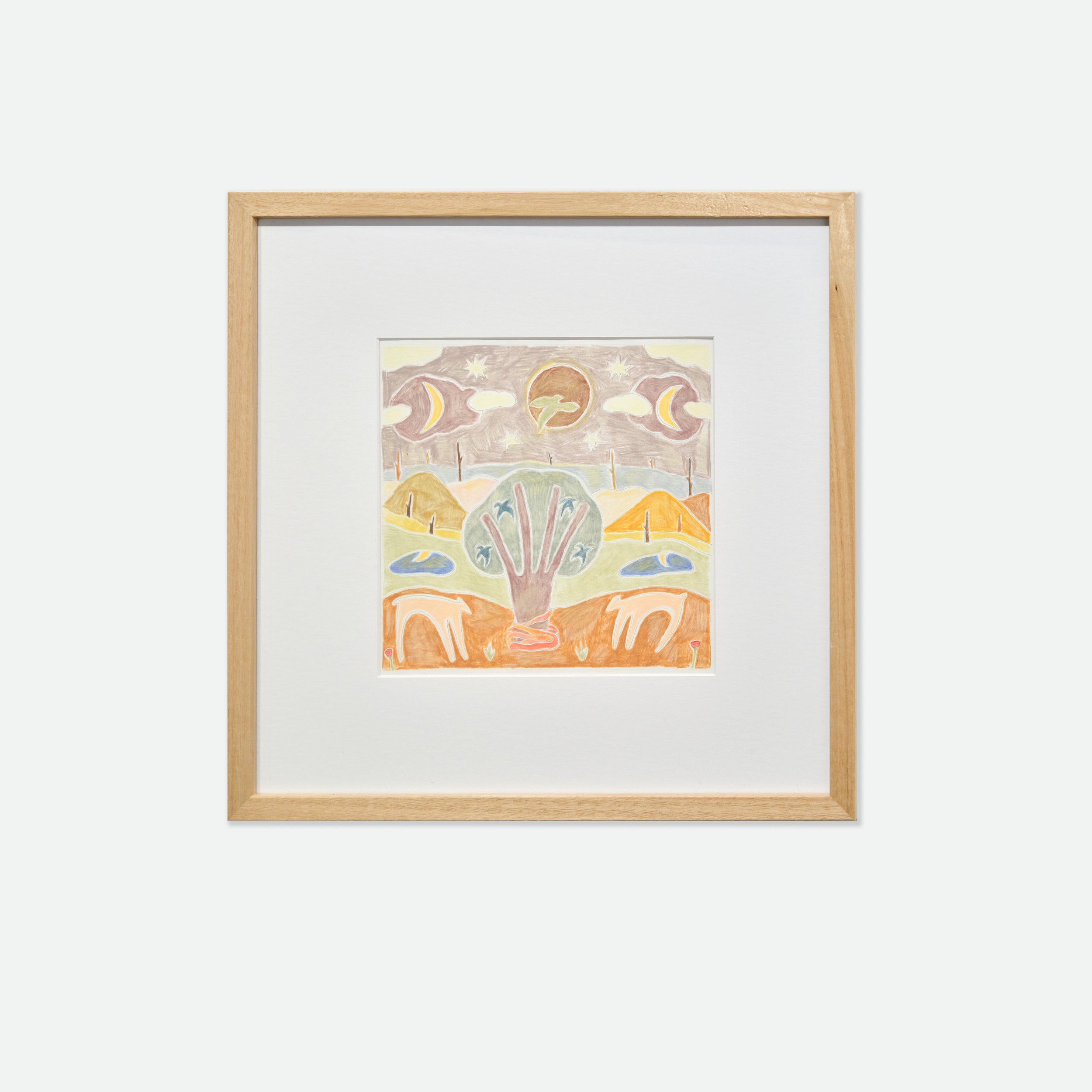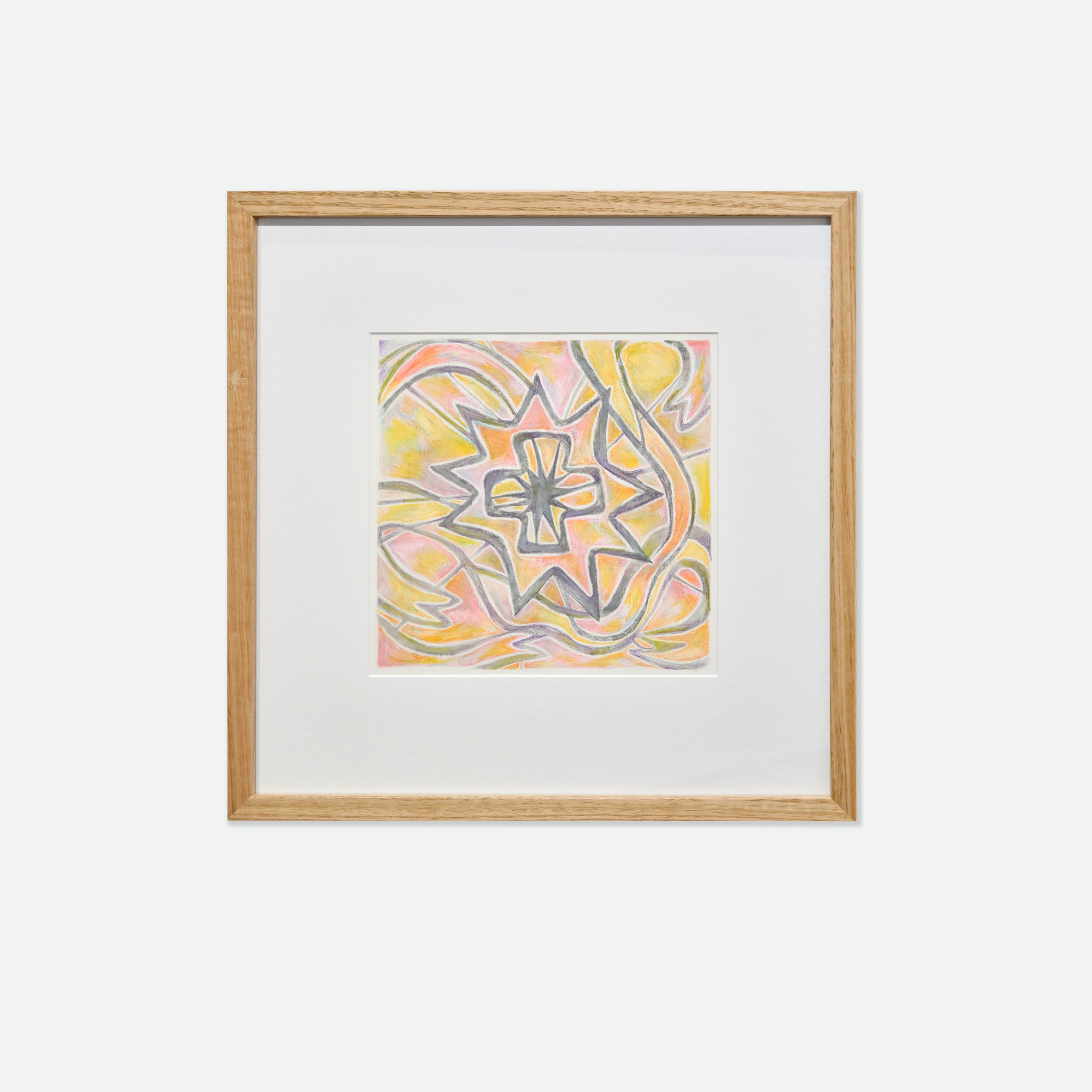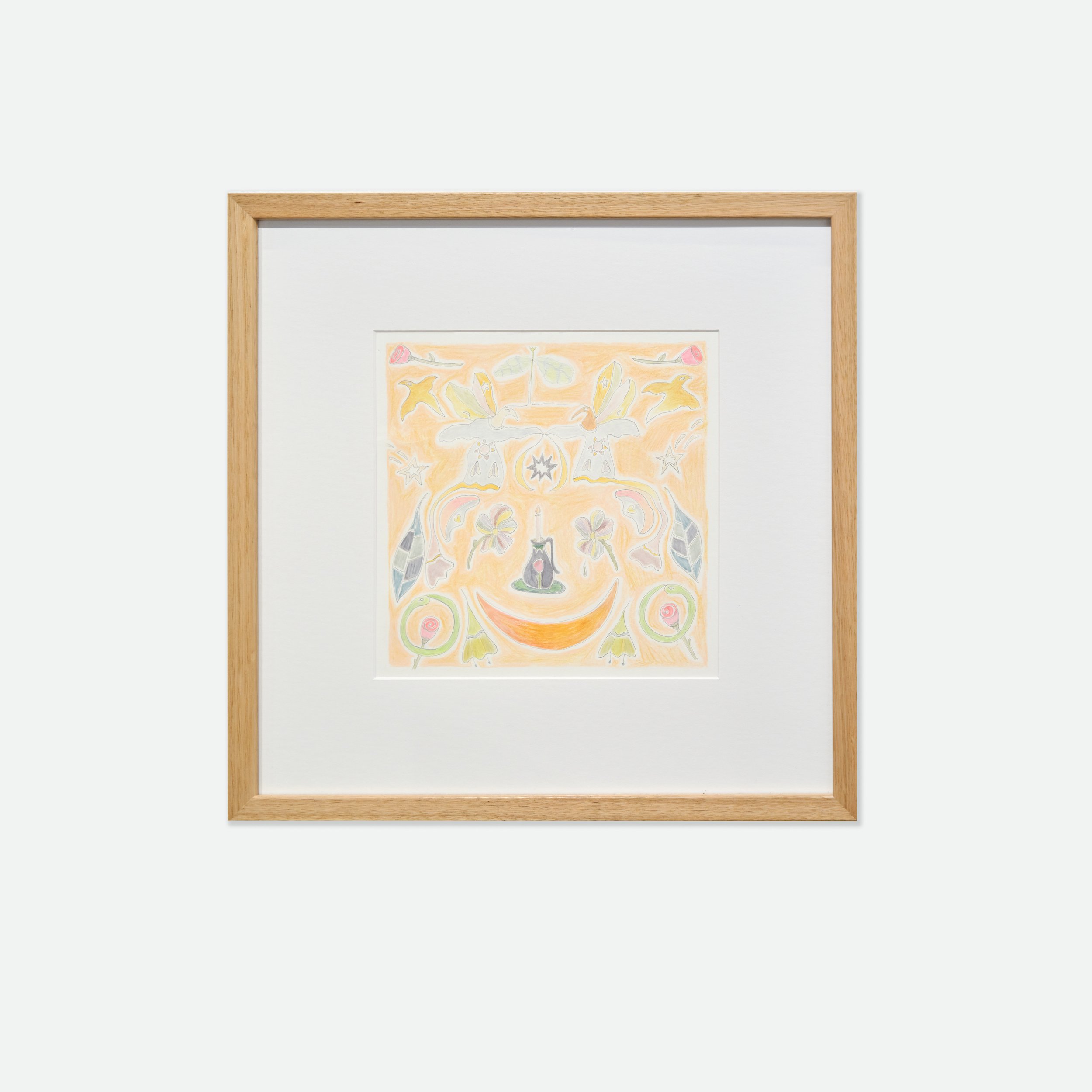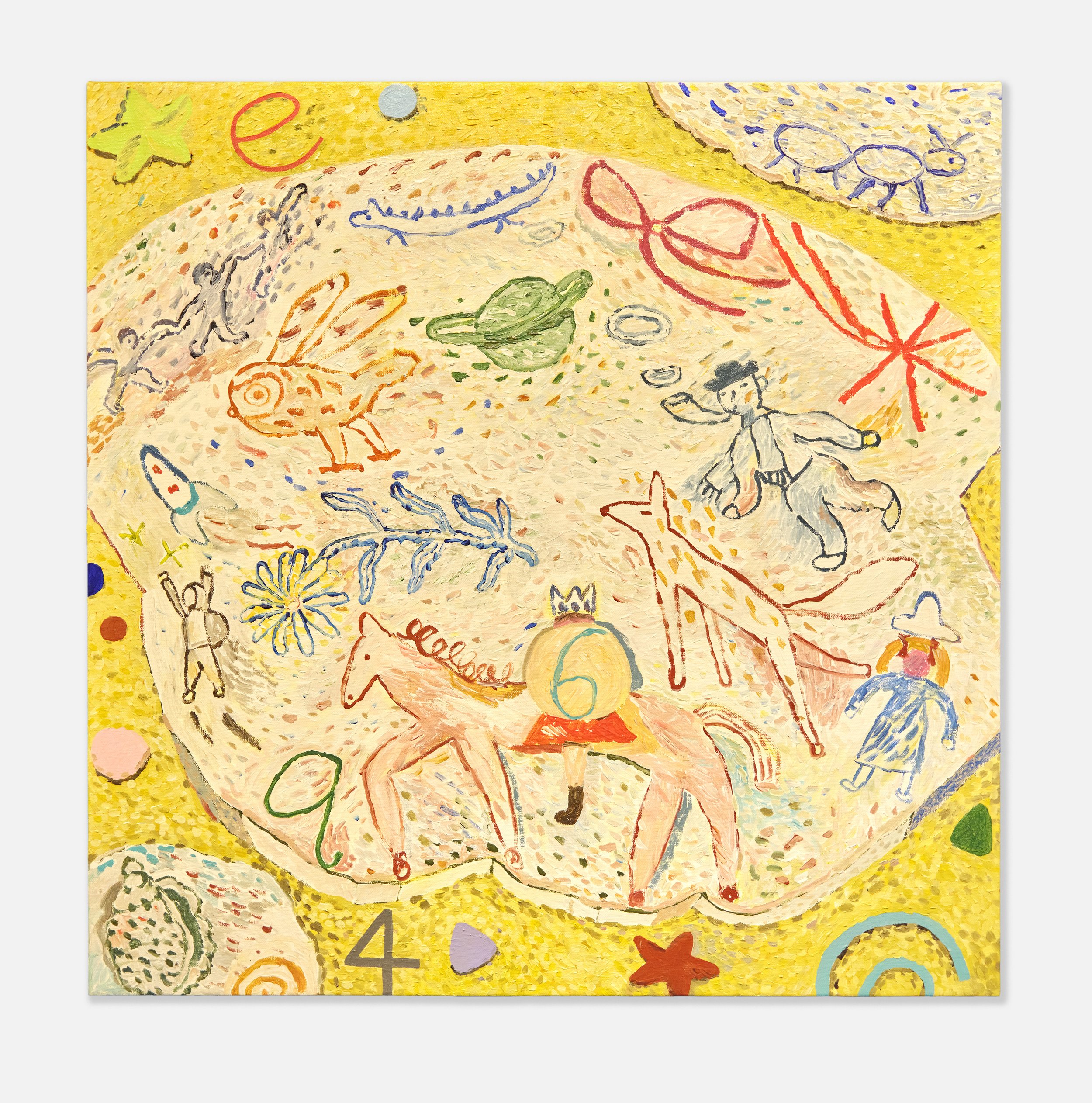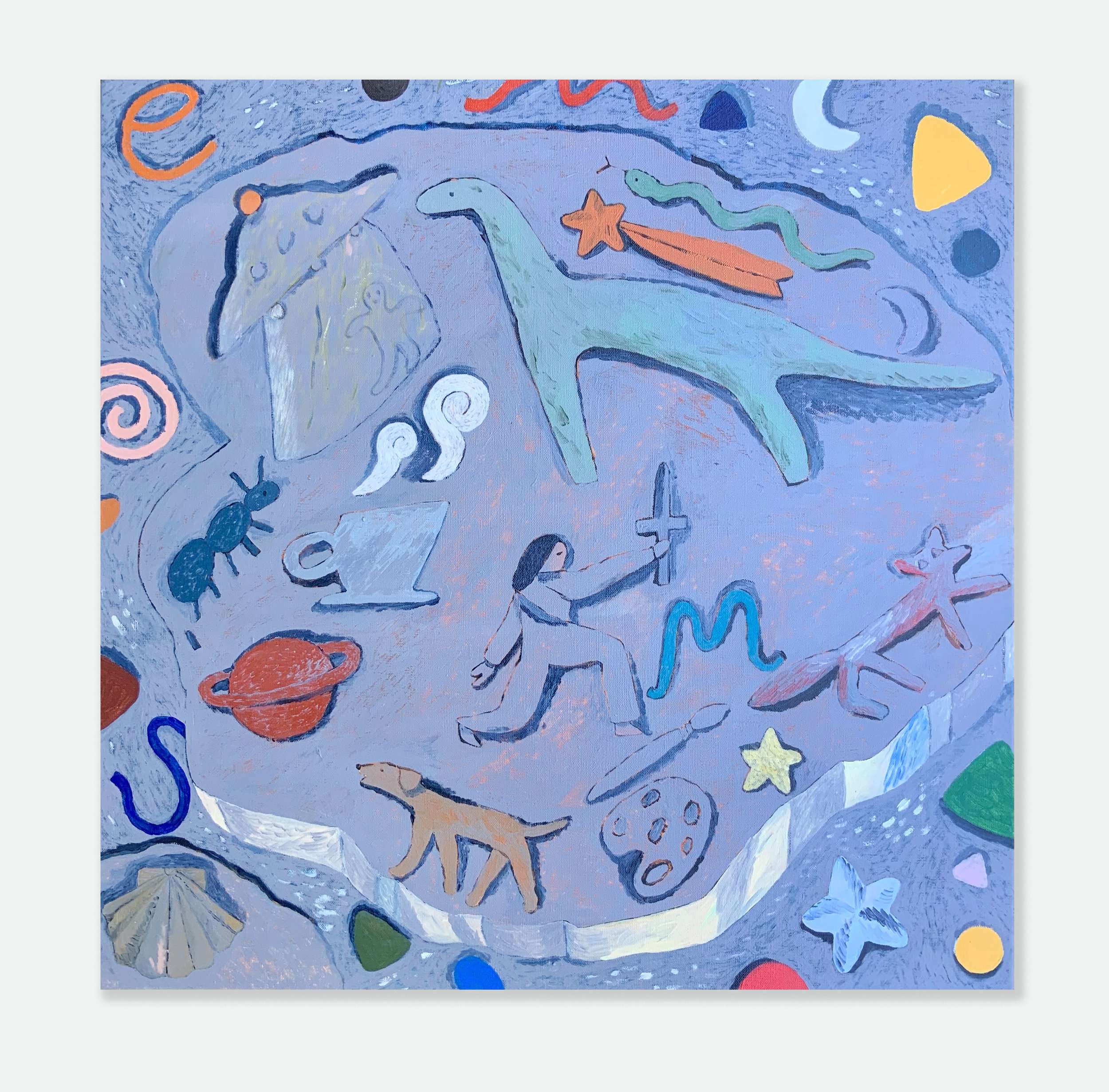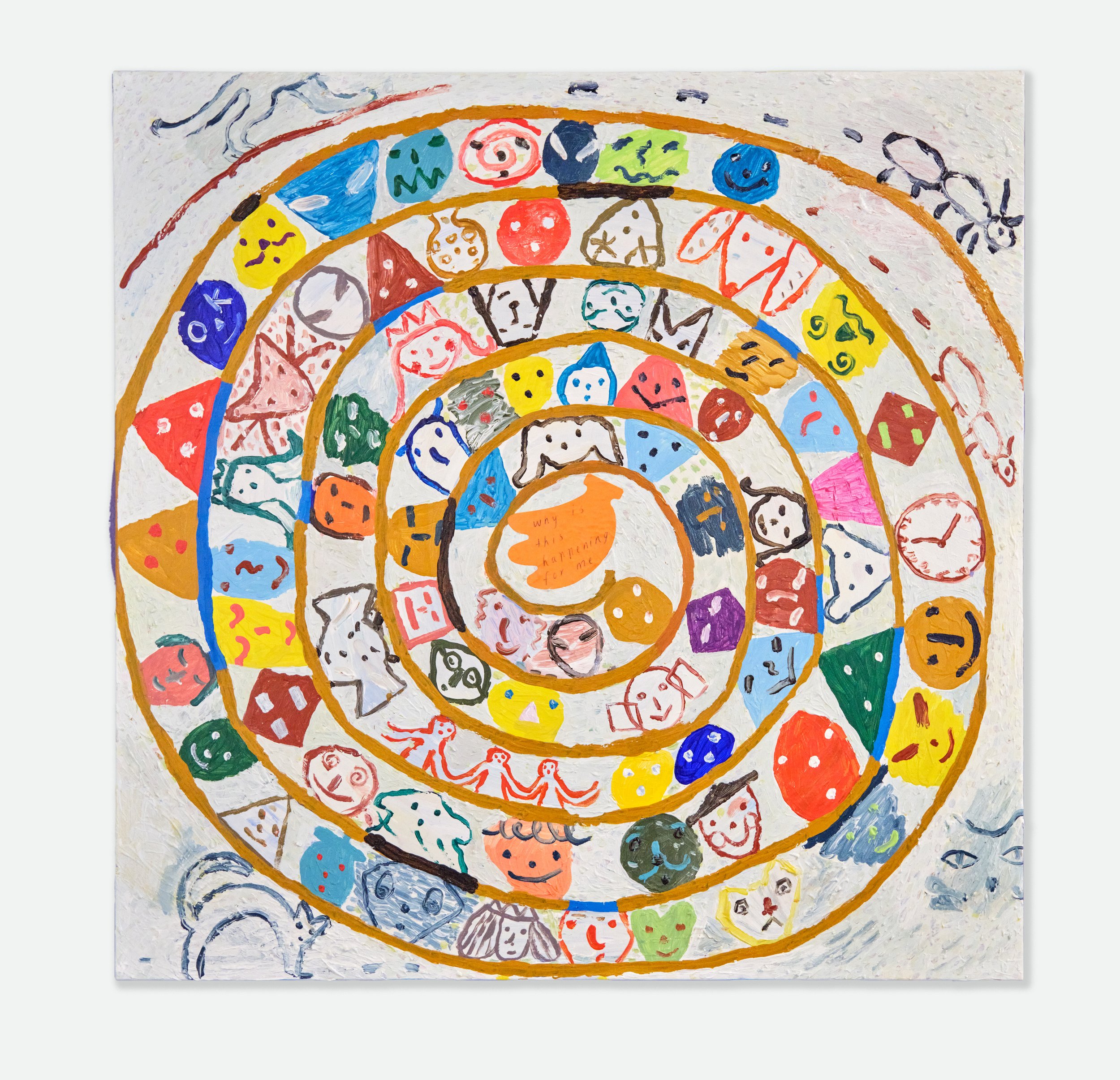spring-time
Curated by melissa grisancich & Morgan Blue
01.09.2023 ~ 17.09.2023
Featuring: carla mcrae, melissa grisancich, molly turner, holly leonardson, hannah maskell, charlotte alldis, chloe smith - soft food, morgan blue & sophia smithwick.
“It often seems easier to stay in winter, burrowed down into our hibernation nests, away from the glare of the sun. But we are brave, and the new world awaits us, gleaming and green, alive with the beat of wings. And besides, we have a kind of gospel to tell now, and a duty to share it. We, who have wintered, have learned some things. We sing it out like birds. We let our voices fill the air.”
- Katherine May
Since time immemorial, we have turned to the seasons, their patterns, their unwavering harshness and beauty - as a means to make sense of the seasonality within our culture, our bodies and our minds. Within the dream-logic of myth, our parallels with the natural world can be seen truthfully. Rites, rituals and story become mirrored translations. The deities of the myths of spring are often faced with unimaginable sacrifice and yet bountiful reward. Imbolc, a Celtic spring festival in celebration of the deity Brigid, has suggestible traces dating as far back as the Neolithic. We have Roman festival Febura, similarly celebrating the renewal phase in the year, with cleansing rites and rituals. Nowruz, has its roots in ancient Persia, capturing the age old story of warmth conquering cold.
A particularly favourite myth of mine is Persephone from the Greek myths - who as the maiden daughter of Demeter, is captured by Hades of the underworld and imprisoned. Demeter, goddess of abundance and fruitful soil, hears the cries of her daughter and curses the earth to bear no fruits until Persephone’s release. Persephone is finally released from the underworld but now bound by a curse of her temptation, the consumption of three pomegranate seeds belonging to Hades, and now finds herself behest to him for one third of every year of her life. Embraced by reunion between mother and daughter, earth explodes with the abundance of new growth and promise. Persephone now takes on the cyclicity of death to birth.
These past years, incredible hardship has defined pathways of environmental and cultural urgency. Emotionally, winter extended its fingertips into the ways we lived - daily movements were conservative, worlds were encouraged into the insular and frost preserved new growth in waiting for the next season of expansion. The myth of Spring time coaxes us to remember that a death-season in the underworld can bear fruits of reunion, hope and abundant expression. Both optimistic and branded with the markings of winters season past, Springtime seeks to remind us that changes are imprints of a former reckoning and its influence on us. Spring recognises the necessary wintering which precedes it.
How can we respond to transitions between states of quietude and loud abundance? How could we, as creators in all walks of life, plant seeds into the bed of mystery and allow it to preside, to take control?
Spring is the season of possibility.
The artists duty is to undercover, explore, to speak to things not quite able to be said with words necessarily, but with a curiosity, and understanding, a postulation. The showing and revealing of work, is the spring time of an artists plight. Passed have been the hours of solitude, the marks made and erased, the uncertainty of what is ready to emerge. The importance of an artists wintering is the courage to sit in it, to listen, to be taken into ones spring as though one had not much to do with it at all, as though it was a natural unfurling. As our mythos mirrors seasons, seasons mirror our inner cycles.
These times of convalescence are integral to the flourishing of an internal, creative spring. May you enter yours.
– Morgan Blue

